5 ECommerce Platforms For Mobile Phone Retail Websites







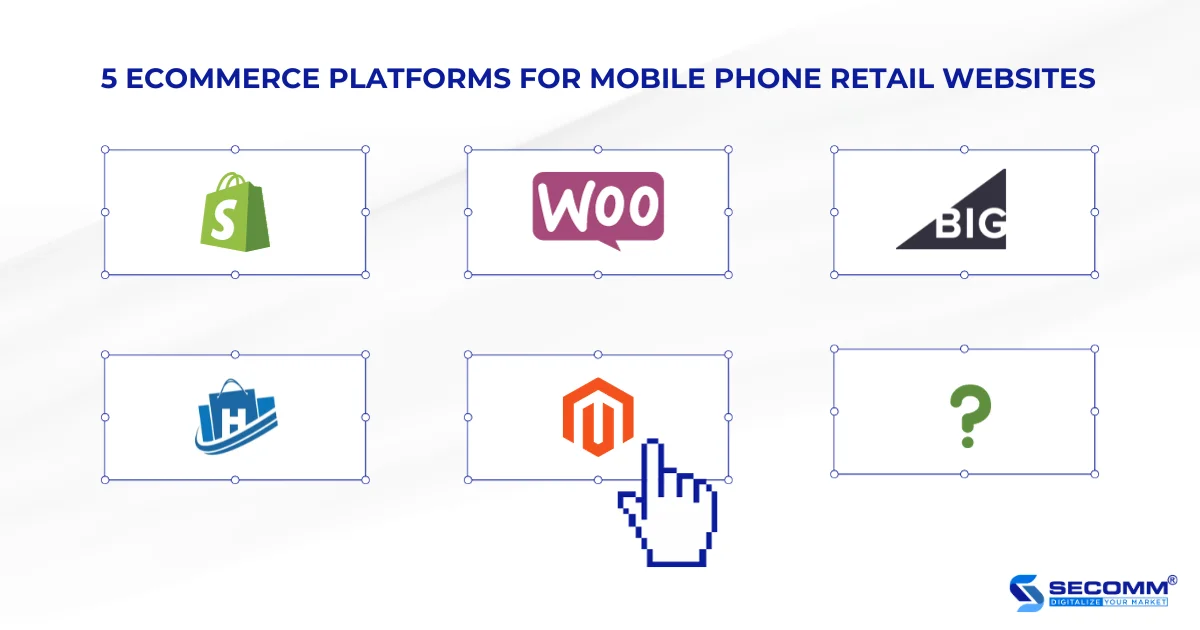
In recent times, eCommerce has been increasingly popular in the Vietnamese market and is becoming a potential business model pursued by many enterprises across various industries. Particularly in the mobile phone retail sector, the online market share of mobile phone retail systems is growing rapidly. For instance, The Gioi Di Dong – the largest mobile phone retail system in Vietnam, saw its online market share increase from 11.6% to 17.5% in just one month (from July to August 2021)
Nowadays, many mobile phone retail businesses in Vietnam often choose to implement eCommerce websites as their main channel in online commerce. Thanks to the effective development of website systems, many mobile phone retail businesses have not only seized the opportunity to boost revenue but also achieved sustainable business growth. The common factor contributing to this success lies in the eCommerce platform.
Each type of eCommerce platform has its unique features that can support businesses in developing their online presence. Software as a Service (SaaS) platforms are designed by providers with the entire system pre-built, including hosting, interface, features, and infrastructure maintenance. Therefore, businesses can easily build and operate a website system without much concern for technical issues and without investing too much time and money from the outset.
However, businesses using SaaS platforms will not own the source code and data, and the system’s scalability and integration capabilities are limited. Usage costs may increase over time. On the other hand, open-source platforms give businesses full ownership and control over the source code and data, allowing freedom in designing interfaces and offering high scalability and flexibility. Nevertheless, using open-source platforms often requires a specialized development team and more investment in terms of cost and time.
So, which eCommerce platform will be suitable for mobile phone retail businesses?
1. The criteria for choosing a platform
User interface and administrative interface
The user interface of an eCommerce system is considered the face and highest scoring aspect in online business. Therefore, besides meeting UI/UX standards and expressing the brand’s characteristics, products, businesses also need to focus on the presentation of product images on the website, ensuring synchronization and clarity.
This ensures a complete and satisfying experience for customers. The admin interface must be user-friendly, allowing easy navigation, control, and management of all data within the system.
A diverse range of eCommerce system features
With online retail of mobile phones, the eCommerce system’s feature set needs to be diverse, ranging from basic to advanced and specialized, aiming to provide an optimal experience for buyers and facilitate the efficient and sustainable development of the eCommerce system.
Some essential functions in the eCommerce website system for mobile phone retail businesses include:
- Basic Functions: Meeting the most basic operational needs of the eCommerce system, such as order management, categories, content, marketing management, customer management, inventory, system management, reporting, checkout, payment, shipping, etc.
- Advanced Functions: Enhancing the consumer experience and expediting the shopping process with features like order tracking, abandoned cart recovery, product suggestions, quick product search, layered product categories, etc.
- Specialized Functions: Addressing specific challenges in implementing eCommerce for mobile phone retail, catering to the unique needs of customer segments and businesses. Examples include Flash sale programs, instalment plans, buy now pay later options, etc.
High integration capability
To have a seamless online business system, businesses often need to integrate eCommerce platforms with other software and technology platforms they are currently using, such as:
- Payment Integration: Integrating various payment methods from domestic to international cards, payment gateways (Paypal, Stripe, OnePay), e-wallets (Momo, ZaloPay), etc.
- Shipping Integration: Integrating international shipping providers (DHL Express, FedEx, UPS, USPS, etc.) and local ones in Vietnam (Giao Hang Nhanh, Giao Hang Tiet Kiem, Ninja Van, etc.). Additionally, order-tracking applications help streamline and operate shipping processes.
- Management Software: Easily integrating CRM, ERP, and POS software for seamless connectivity across all supply channels from offline to online.
- Marketing Management: Integrating additional marketing tools such as email marketing software (MailChimp, Drip…), marketing analytics software (Google Analytics, Google Adwords Keywords…), and social media management software (Buffer, Hootsuite…). Integrating these marketing management tools can help businesses implement marketing campaigns, attract customers, and increase conversion rates to maximize both eCommerce and overall business revenue.
The chosen eCommerce platform must have flexible, seamless, and effective integration capabilities with this software without affecting the execution level of each system. This integration helps businesses overcome the limitations of manual operation and increases automation for both back-office management and sales, ensuring high accuracy and operational efficiency for business development.
High scalability capability
eCommerce platforms need to have high scalability to adapt and grow alongside businesses of all models. Choosing the right platform can accompany businesses from startup and SME stages to becoming large enterprises, and from B2B, B2C, and D2C models to B2B2C, helping save long-term budget while still building a sustainable, efficient system suitable for the business.
High scalability meets all future development needs of the business, such as expanding multiple websites, across countries, currencies, channels, etc. Moreover, platforms with high scalability ensure stable system operation regardless of increasing traffic and transactions over time.
2. Review 5 eCommerce platforms for mobile phone retail websites
Shopify
Shopify is a well-known giant in the field of building eCommerce systems as a Software as a Service (SaaS). This platform is favoured for its user-friendly nature, quick build time, and low initial costs, making it suitable for many SMEs.
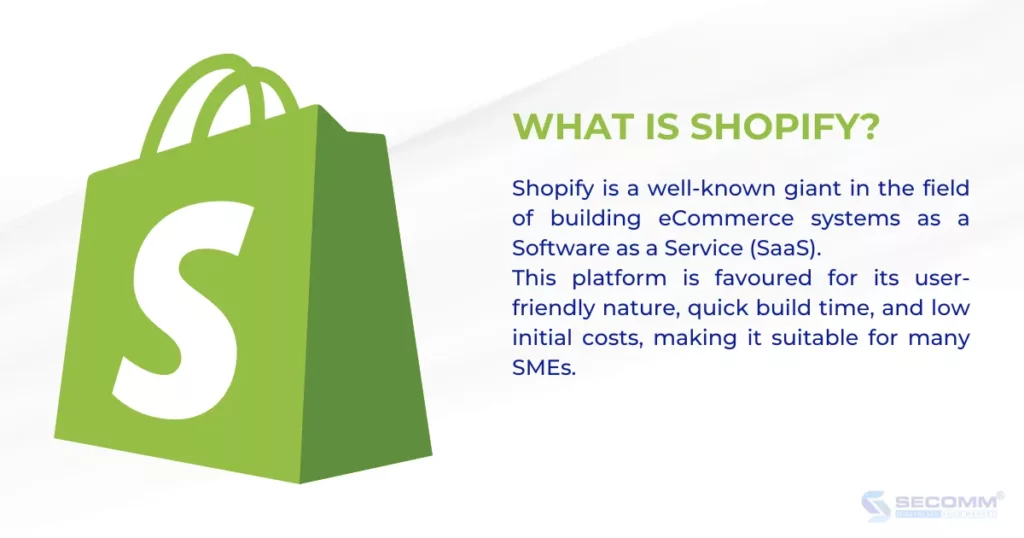
User Interface Criteria
Shopify provides attractive, responsive themes suitable for various industries, including mobile phone retail. While adhering to UI/UX standards, it lacks customization options for businesses to showcase their unique branding.
Admin Interface Criteria
The admin interface is user-friendly on desktops, allowing easy management of the website’s aspects. However, mobile functionality is limited, restricting businesses to perform specific functions on the mobile version.
Functionality System Criteria
Shopify’s functionality system is comprehensive, meeting both the basic and advanced needs of small and medium-sized enterprises. However, accessing advanced features requires additional monthly payments, leading to increasing usage costs. Shopify, however, lacks certain features crucial for mobile phone retail, aside from instalment payment options.
Integration Capability Criteria
Shopify restricts access to the source code, making integration with third-party software challenging. Businesses can only integrate with partner software available on the platform or those directly developed by Shopify.
Scalability Criteria
Scalability on the Shopify platform is limited because businesses cannot modify or upgrade the website source code. Therefore, it’s often used by mobile phone retail businesses in their early stages.
Usage Cost Criteria
Shopify offers various service packages to cater to different business needs, ranging from $29/month for Basic Shopify to $2000/month for Shopify Plus. However, businesses may face limitations in advanced features, necessitating a platform switch for a specialized and sustainable system.
→ Overall Rating based on 5 criteria: 2/5
Shopify is suitable for SMEs that want a cost-effective and quick eCommerce system. However, it falls short in advanced features, specific functionalities, and customization options. Businesses must accept the limitations and be prepared to switch platforms for a tailored and sustainable solution in the future.
WooCommerce
WooCommerce is an open-source CMS plugin for WordPress introduced in 2011, completely free, enabling businesses to turn their WordPress websites into online stores.
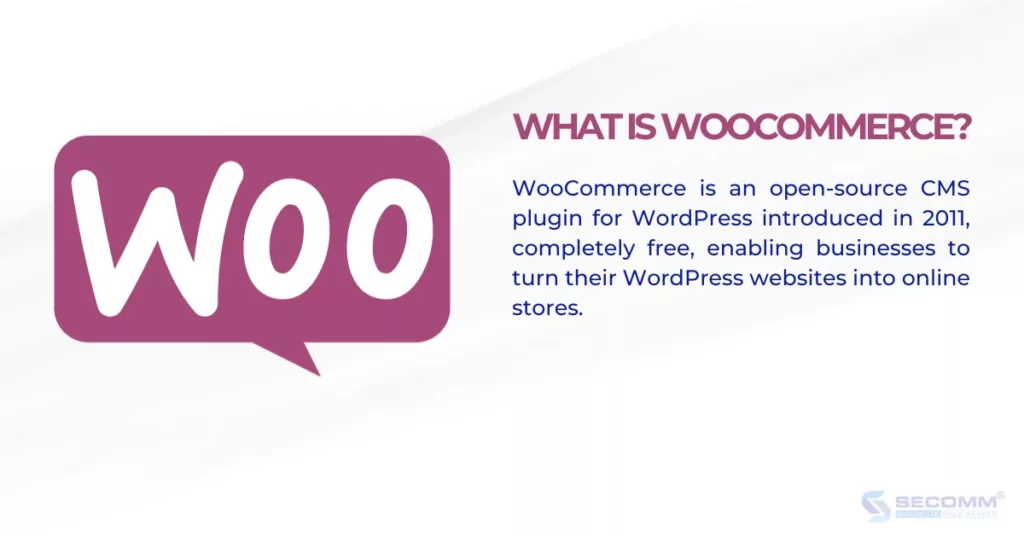
User Interface Criteria
WooCommerce offers a diverse library of templates for mobile phone retail and electronic goods, designed meticulously and user-friendly. This allows businesses to conveniently design and build an eCommerce system from the start without requiring in-depth technical knowledge.
Because WooCommerce is a WordPress plugin, administrators continue to manage the website through the WordPress interface, making it easy for businesses already using WordPress to adapt, use, and navigate the system.
Functionality System Criteria
WooCommerce has many features, both basic and advanced, to support businesses in operating an eCommerce website. However, the platform has some limitations regarding specific features for mobile phone retail. Although it’s open-source, developing unique features on WooCommerce can be challenging and may lead to system instability.
Integration Capability Criteria
Third-party software integrates well with WooCommerce, helping businesses save time, and costs, improve operational efficiency, and automate management processes.
- Payment: Stripe, PayPal, Apple Pay, and Square…
- Shipping: USPS, UPS, and FedEx…
- Management Software: Odoo, Square POS, and WP ERP.
- Marketing Management: Google Listings, Google Ads, Facebook Pixel…
Scalability Criteria
WooCommerce’s most significant drawback is its limited scalability. The platform tends to become unstable and easily overloaded when there are more than 2,000 SKUs or too many themes and plugins on the system.
Usage Cost Criteria
WooCommerce is an open-source platform, so it’s entirely free to use. However, businesses need to pay for additional services such as domain registration ($15), hosting fees ($120/year), and system development costs (ranging from $3,000 to $10,000, depending on system complexity).
→ Overall Rating based on 5 criteria: 3/5
WooCommerce is a good platform for businesses currently using WordPress and looking to develop an eCommerce system. However, the platform has limitations in customization and adjusting unique features. Intervening in the system is likely to cause instability, and there is a high probability that the built-in features are not compatible with the platform. Additionally, to customize the system based on the existing feature set, businesses will need to invest a significant budget and time.
BigCommerce
BigCommerce is a SaaS platform based in the USA with over 600,000 online stores used by consumers worldwide.
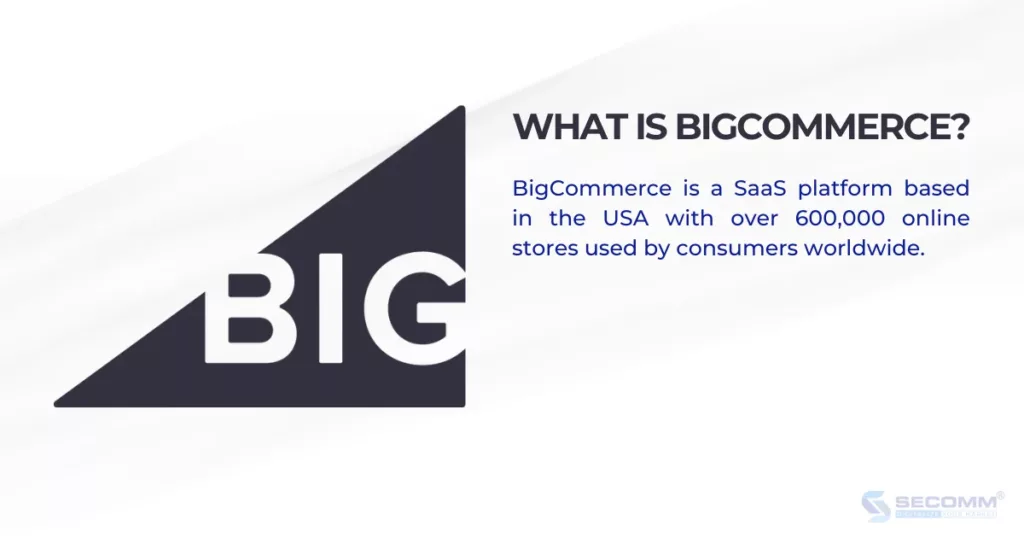
User Interface Criteria
BigCommerce possesses a diverse theme repository with over 160 templates, catering to various industries, including mobile phone retail and electronics. All these templates are designed following UI/UX standards, allowing for easy adjustments to fit the brand.
For the administrator interface, businesses can manage their stores on a real-time and easily trackable screen.
Functionality System Criteria
BigCommerce’s functionality is relatively comprehensive, meeting basic and advanced needs, as well as specific features for mobile phone retail businesses. However, since BigCommerce is a SaaS platform, businesses cannot modify the source code or develop additional features not already available on the platform. Businesses can only use the features provided by BigCommerce or those offered by the platform’s partners.
Some notable advanced and specific features available on BigCommerce suitable for mobile phone retail businesses include multi-currency support, advanced SEO, rating and review features, advanced reporting, and instalment payment capabilities.
Integration Capability Criteria
BigCommerce has a relatively high integration capability, allowing integration with many popular third-party software to support business operations.
Some software that can be integrated with BigCommerce includes various payment gateways (Stripe, PayPal, ApplePay, Checkout), shipping solutions (ShipStation, Amazon Shipping, Easyship, Route), ERP systems (NetSuite ERP, Acumatica Cloud ERP), CRM (HubSpot, Revamp), and marketing tools (email marketing, social media integration).
Scalability Criteria
The system’s scalability depends on the BigCommerce service package that the business is using. The platform can support business expansion into new markets, multiple currencies, and languages. Additionally, BigCommerce can support stable system operations for businesses handling thousands of SKUs.
Usage Cost Criteria
BigCommerce currently supports three bundled solutions and one on-demand solution:
- Standard Plan: $29.95/month, suitable for businesses with sales over $50,000
- Plus Plan: $79.95/month, suitable for businesses with sales over $180,000
- Pro Plan: $299.95/month, suitable for businesses with sales over $400,000
- Enterprise Plan: for large enterprises, and the cost will be based on the online sales volume of the brand.
→ Overall Rating based on 5 criteria: 3/5
BigCommerce is almost a comprehensive SaaS platform for businesses entering the mobile phone retail eCommerce journey. The platform can be suitable for various business models, including B2B, B2C, and B2B2C, depending on the chosen subscription package. However, the limitation of using this platform is that businesses are restricted in their ability to customize functions on the system, limited in annual revenue with each subscription tier, and unable to own the source code.
Haravan
Haravan, founded in 2014, stands as one of the renowned platforms in the Vietnamese market, boasting over 50,000 businesses and consumer brands. It operates as a service platform modelled on Shopify.
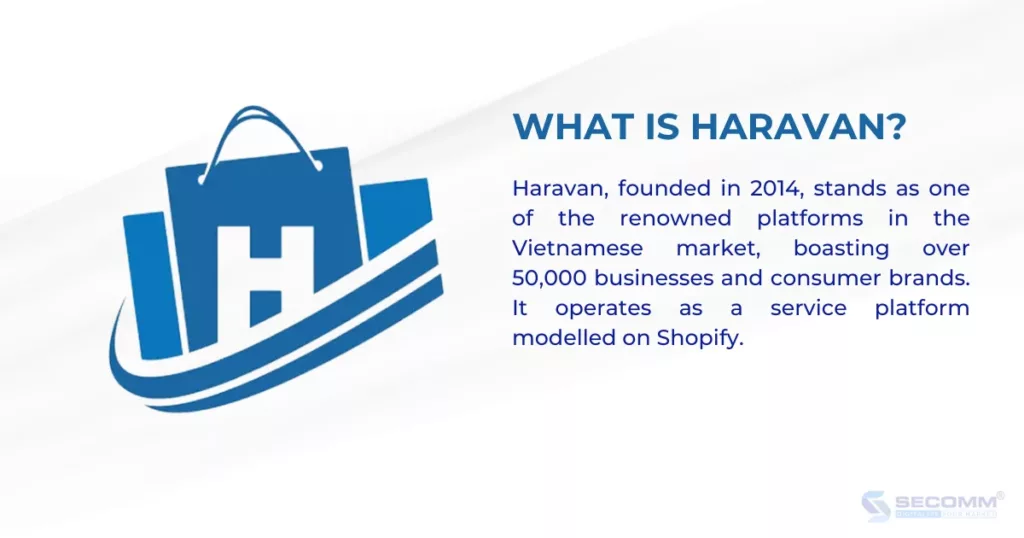
User Interface Criteria
Similar to other SaaS platforms, Haravan boasts a diverse theme repository with over 400 templates, all designed following UX/UI standards. Beyond that, businesses can customize the interface to align with their distinctive brand identity. The admin interface, supporting the Vietnamese language, ensures a user-friendly experience for businesses.
Functionality System Criteria
Haravan offers a comprehensive set of both basic and advanced features, enabling businesses to swiftly establish an eCommerce website. The platform includes specific functionalities tailored for mobile phone retail, such as installment payment options. However, akin to Shopify and BigCommerce, businesses cannot develop additional features beyond what Haravan offers in its repository.
Integration Capability Criteria
Integration with third-party utilities outside Haravan’s ecosystem can be challenging, representing a significant limitation of service-type platforms. However, it does support integration with widely used services in Vietnam, including various payment methods (Momo, VNPay, ZaloPay, etc.), shipping services (Giao Hàng Nhanh, Viettel Post, DHL), and management tools (CRMViet, Teamcrop).
Scalability Criteria
Haravan’s scalability is limited; it supports multilingual and multi-currency features but lacks the capability to expand to multiple websites or efficiently manage extensive data on the platform.
Usage Cost Criteria
To use Haravan, businesses need to pay a reasonable monthly fee ranging from 200,000 VND to 3,000,000 VND, depending on business needs:
- Standard: 200,000 VND/month for individual sellers
- Pro: 600,000 VND/month for businesses wanting to implement Omnichannel
- Grow: 1,500,000 VND/month with the advantage of automating customer care and re-engagement programs
- Scale: 3,000,000 VND/month to build a loyal customer base.
→ Overall Rating based on 5 criteria: 3/5
Haravan is a suitable platform for businesses in Vietnam with limited technology experience and budget constraints. However, as businesses grow, Haravan may not provide sufficient functionality to sustain operations. Eventually, transitioning to more specialized platforms like Magento, WooCommerce, or OpenCart becomes necessary, albeit with challenges such as costs, time, and human resources.
Magento
Magento is an open-source eCommerce platform with deep expertise in online commerce. It currently offers two versions: Open Source (free) and Commerce (paid). Recognized as one of the most comprehensive eCommerce platforms, Magento boasts diverse features, high flexibility, scalability, a diverse ecosystem, and optimal security.
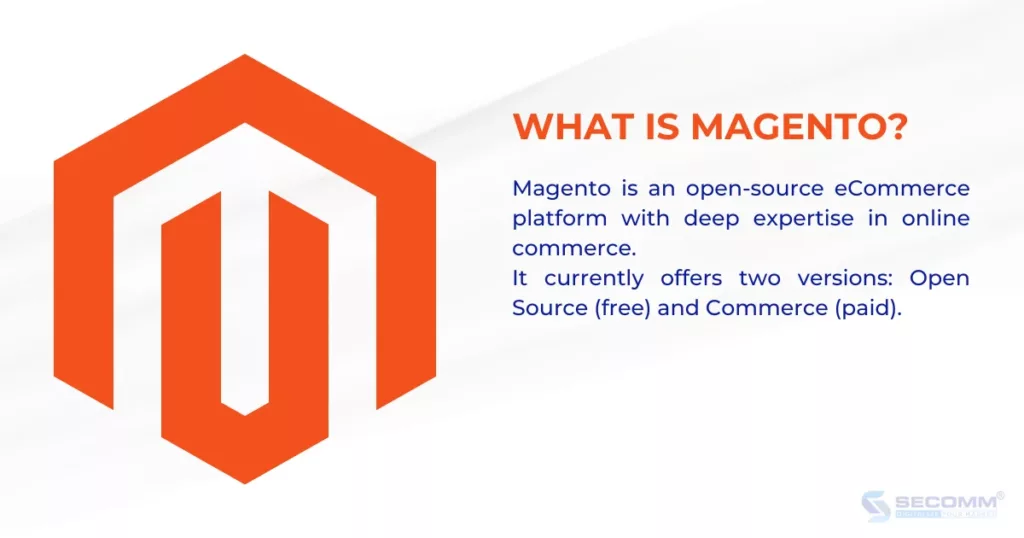
User Interface Criteria
Unlike other platforms, Magento doesn’t have an extensive theme repository. However, each theme is meticulously designed, unique, adheres to UX/UI standards, and emphasizes high aesthetics to convey brand and product values, attracting customers to the system.
Businesses can save costs and time by using available themes, while also having the option to customize for brand identity. Additionally, businesses can fully design their interface, enhancing brand recognition, though this requires careful investment in design time and costs.
For the admin interface, Magento 1 was criticized for being challenging to use. However, Magento 2 introduced a more intuitive dashboard, making navigation easier, user-friendly, and adaptable.
Functionality System Criteria
Magento’s eCommerce platform has a diverse and deep feature system, catering from basic to advanced and specific functions. This allows mobile phone retail businesses to easily and rapidly build and develop their system in the short and long term. Basic functions include Category Management, Content Management, Customer Management, Marketing Management, Order Management, Store Management, System Management, Cart and Checkout, and Reporting & Analysis.
Specialized features include support for multiple languages, currencies, stores, Progressive Web Applications (PWA), Multi-Source Inventory (MSI), ElasticSearch, etc., enhancing the customer experience and accelerating the shopping process.
Integration Capability Criteria
Magento excels in easy integration with third-party software for payments (credit cards, e-wallets, payment gateways, cash on delivery), shipping (Fedex, DHL, local carriers), management software (POS, CRM, ERP), and marketing tools (email marketing, advertising).
Scalability Criteria
Magento ensures stable system operation even with increasing traffic over time or sudden spikes in business campaigns. It can handle up to 500,000 products and thousands of transactions within an hour. Magento supports the expansion of multiple websites for various countries, all manageable on one screen, allowing businesses to access and manage data for multiple websites/stores simultaneously.
Usage Cost Criteria
One significant limitation for mobile phone retailers opting for Magento is the high initial development cost. A fully functional Magento system development is estimated to range from $10,000 to $100,000. Beyond complex and advanced features, the need for an experienced professional team contributes to the higher implementation costs compared to other platforms.
→ Overall Rating based on 5 criteria: 4/5
Magento is a comprehensive platform suitable for mobile phone retail businesses, whether B2B, B2C, or D2C, especially those with an existing customer base and a desire to develop a long-term eCommerce system. With Magento, businesses can continuously develop components of the eCommerce system, ensuring optimal performance and sustainable growth.
Choosing the right platform for eCommerce is crucial for mobile phone retailers. An accurate choice helps businesses shorten development time, save costs, and maximize resources to achieve the highest revenue levels. SECOMM understands the challenges facing mobile phone retail businesses and provides expert advice.
Contact SECOMM now for a free consultation!






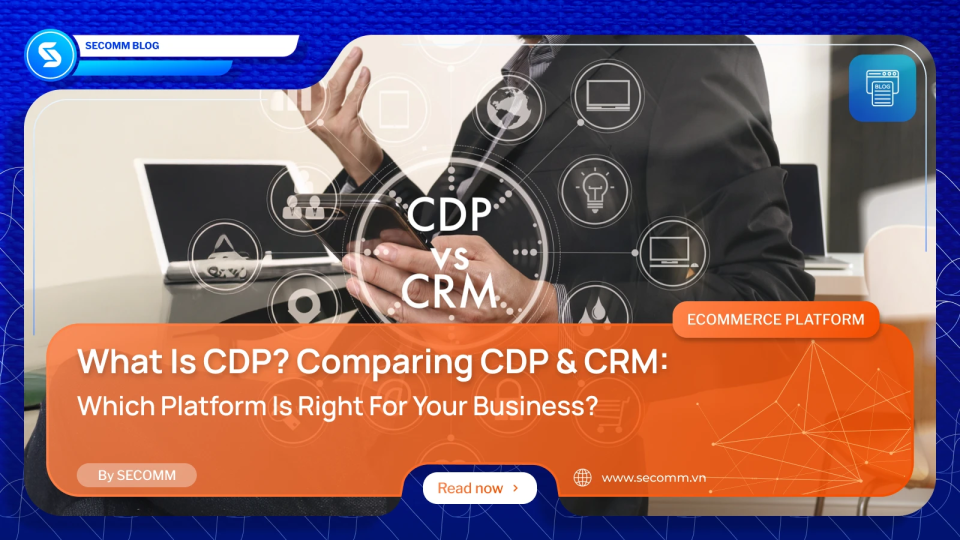
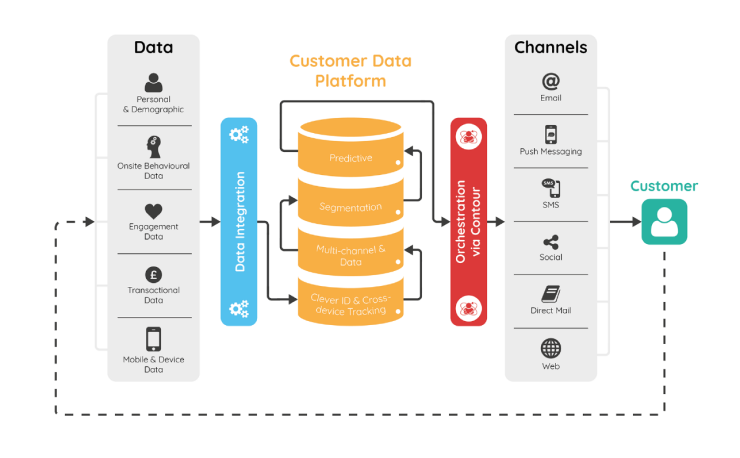
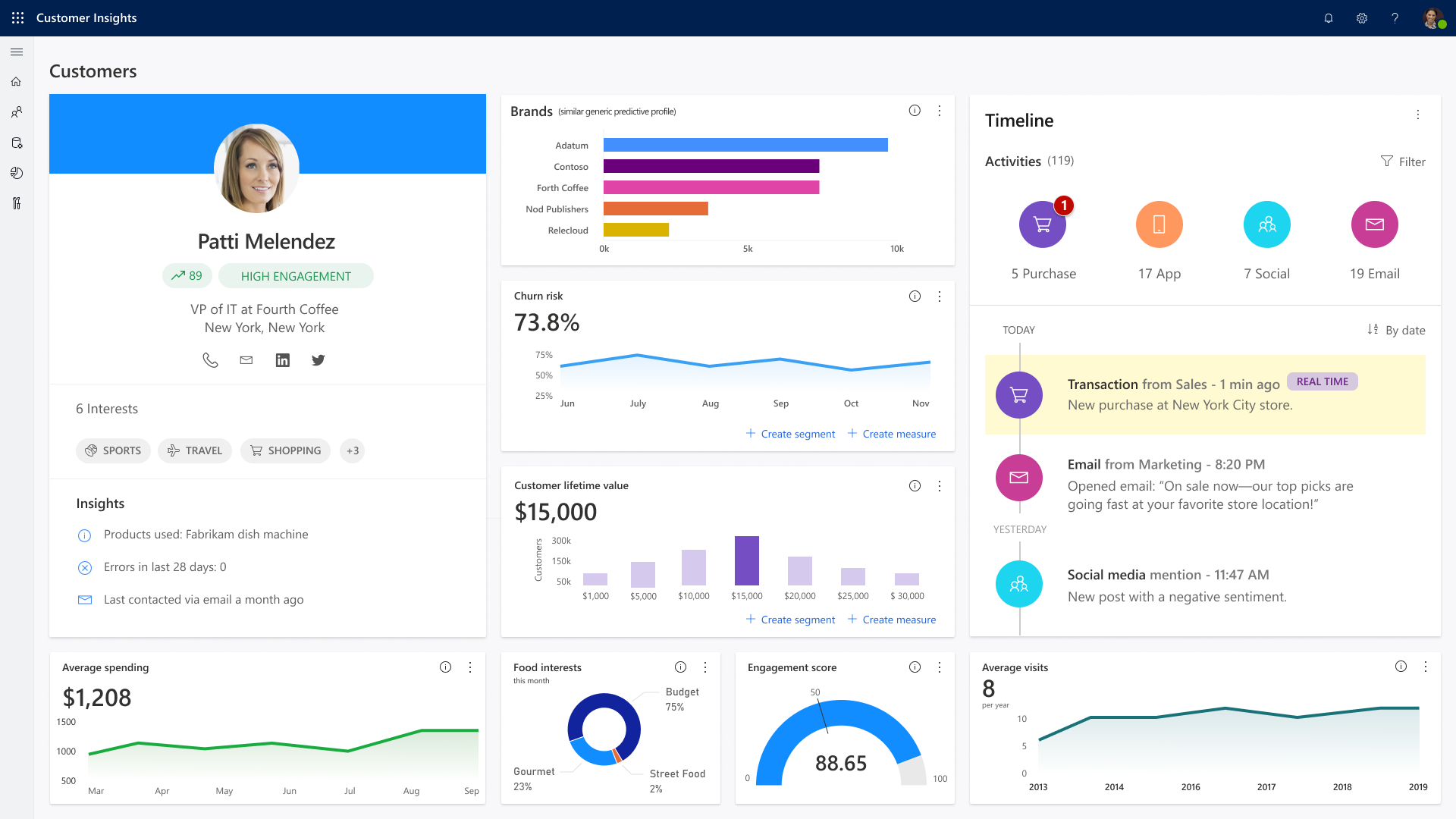

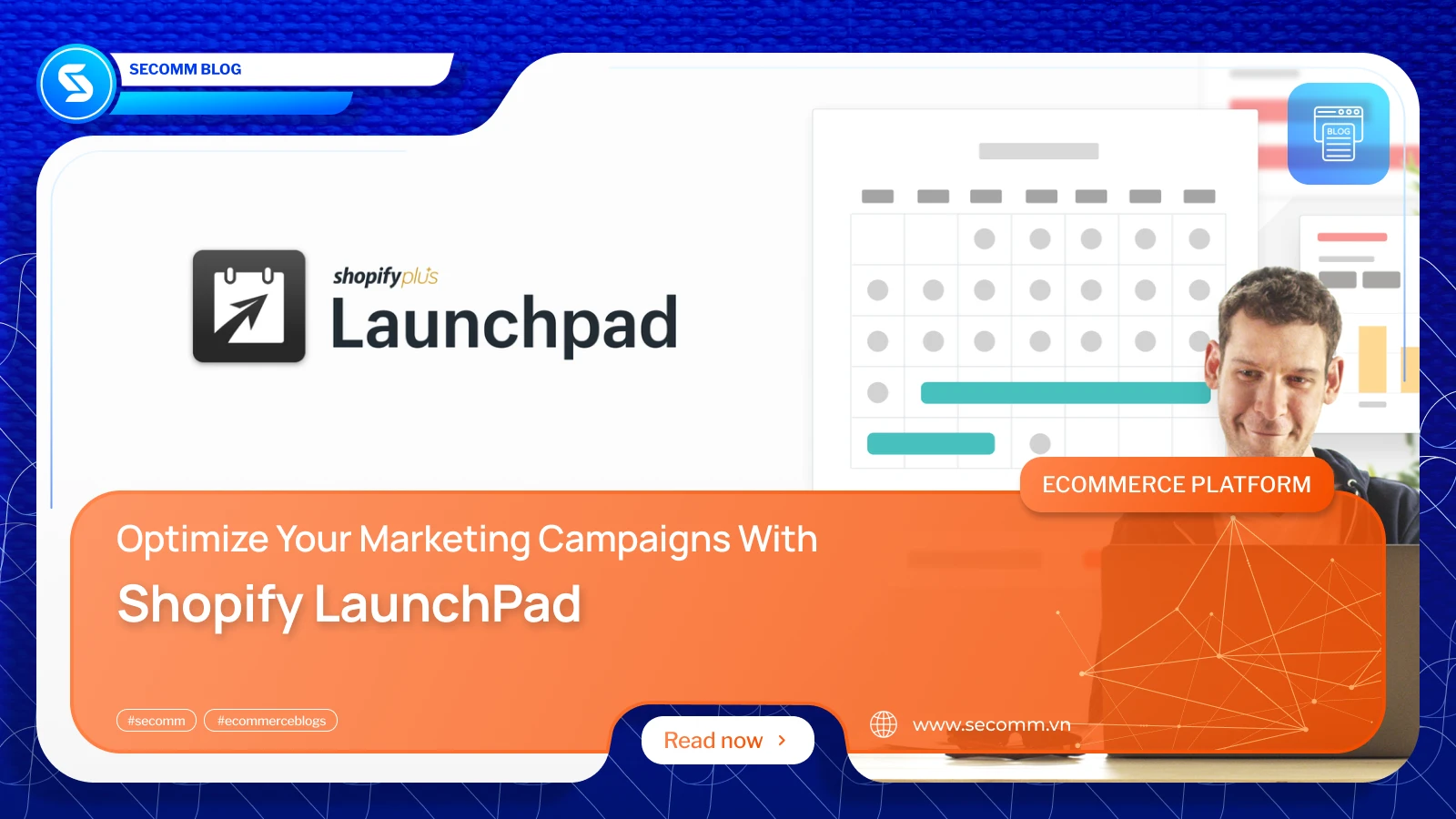

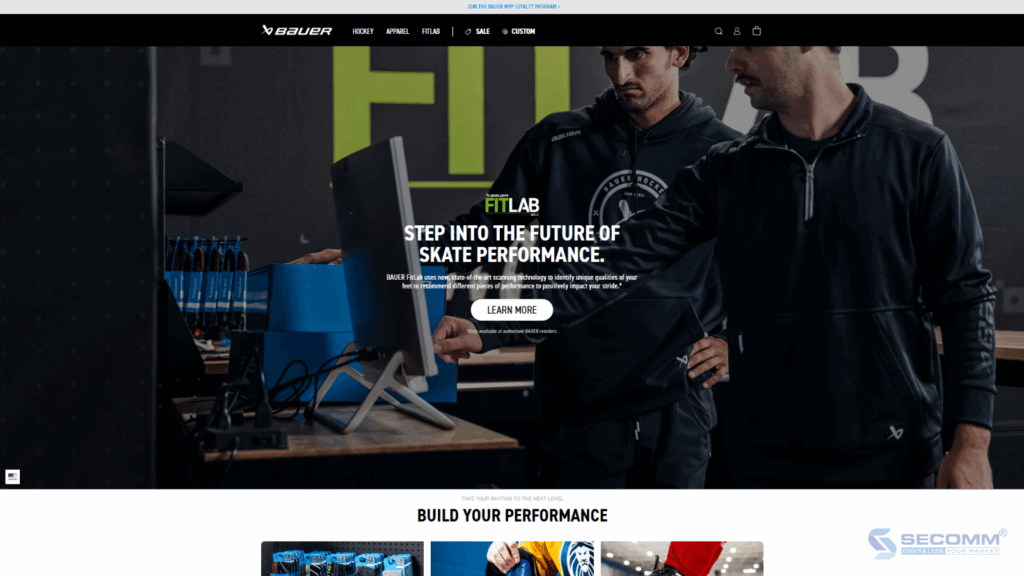
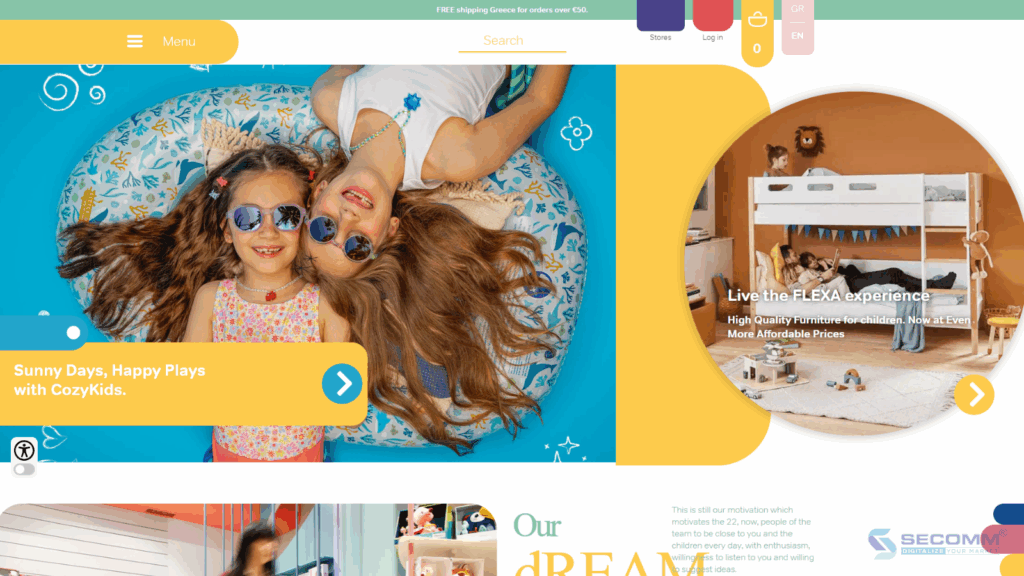
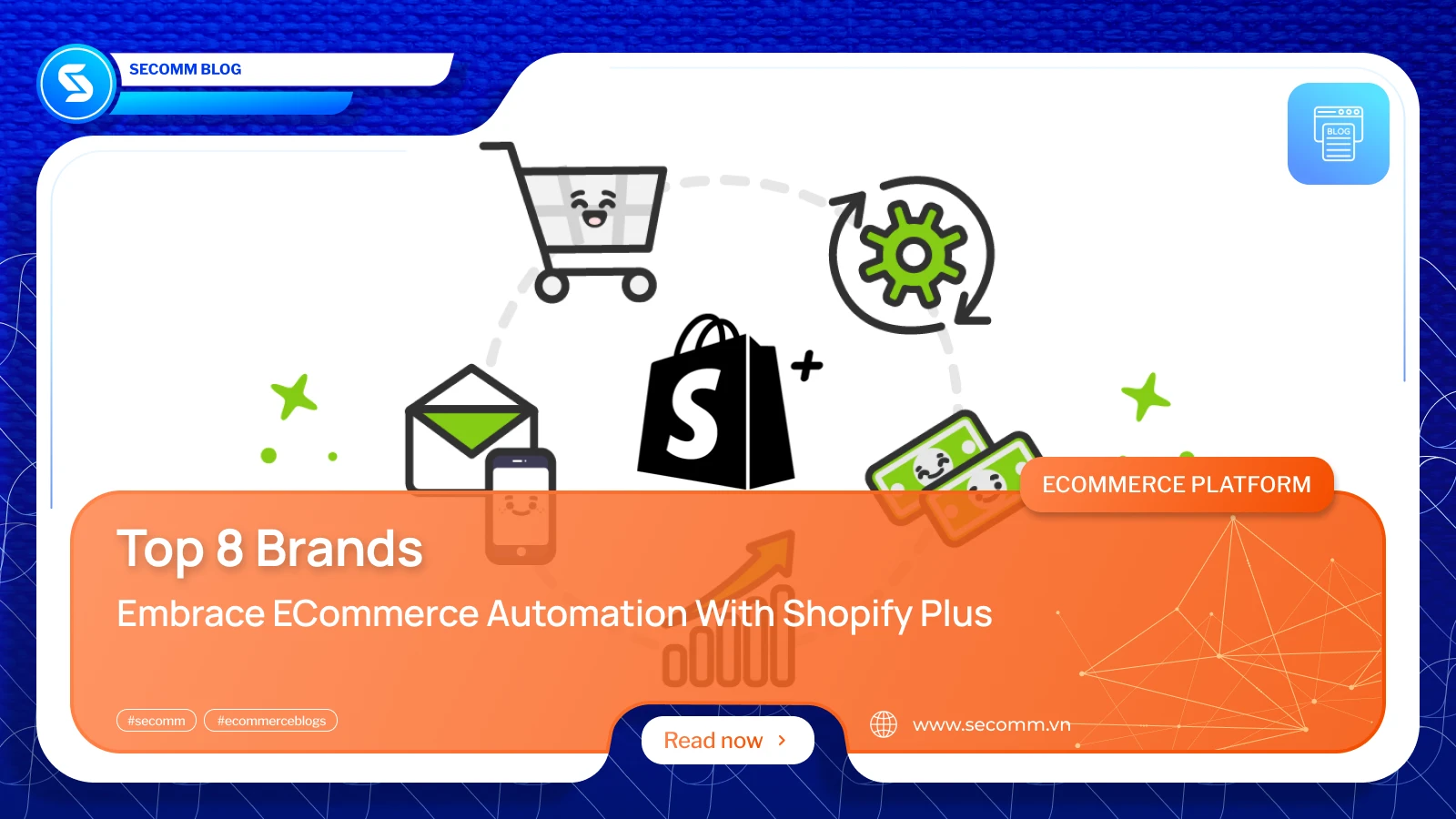
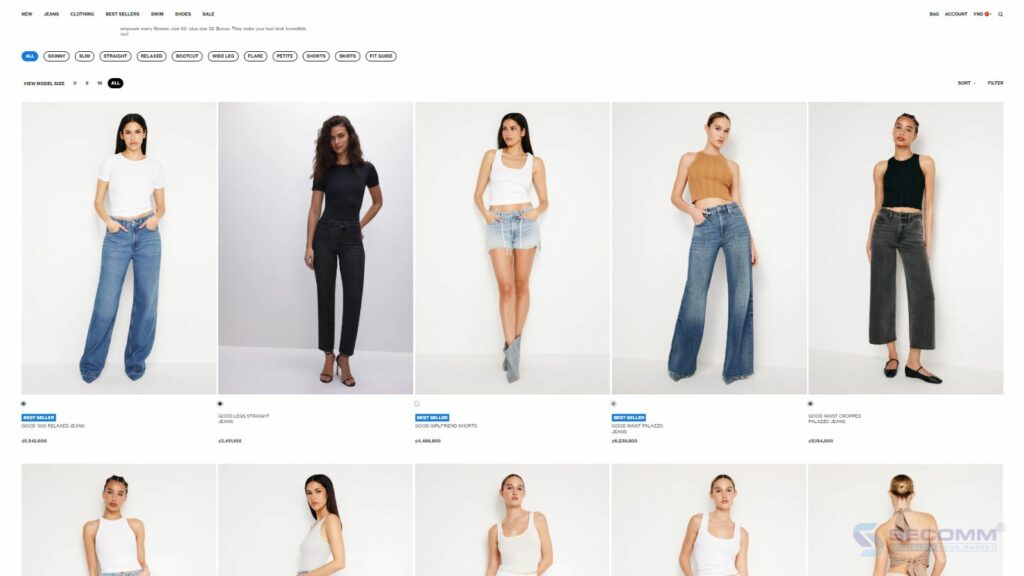
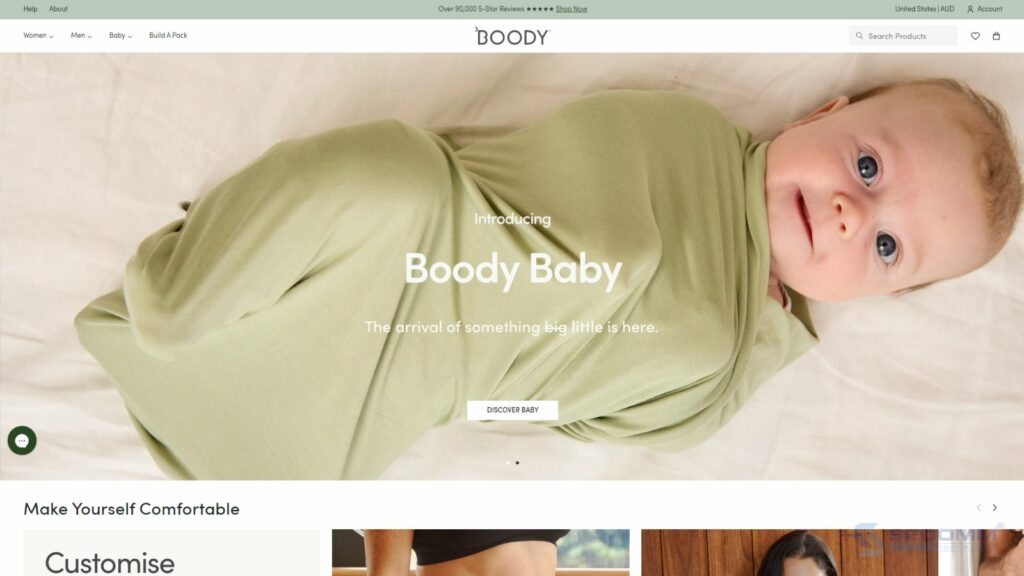
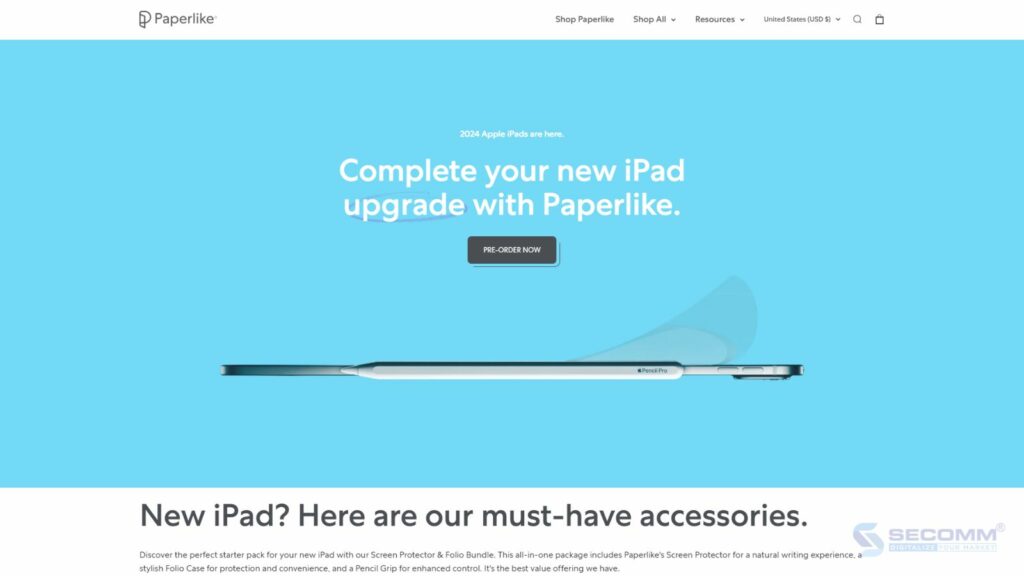
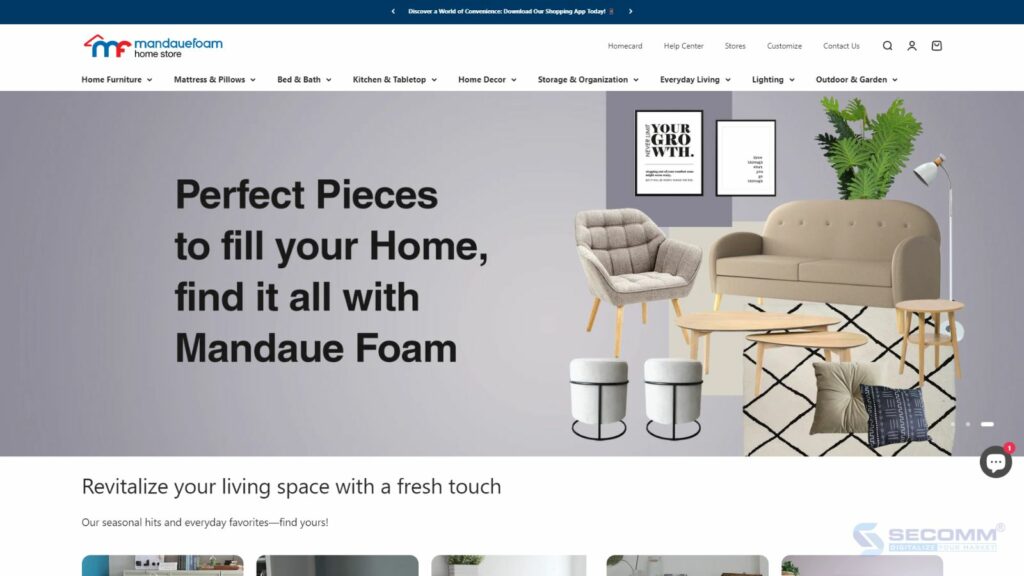
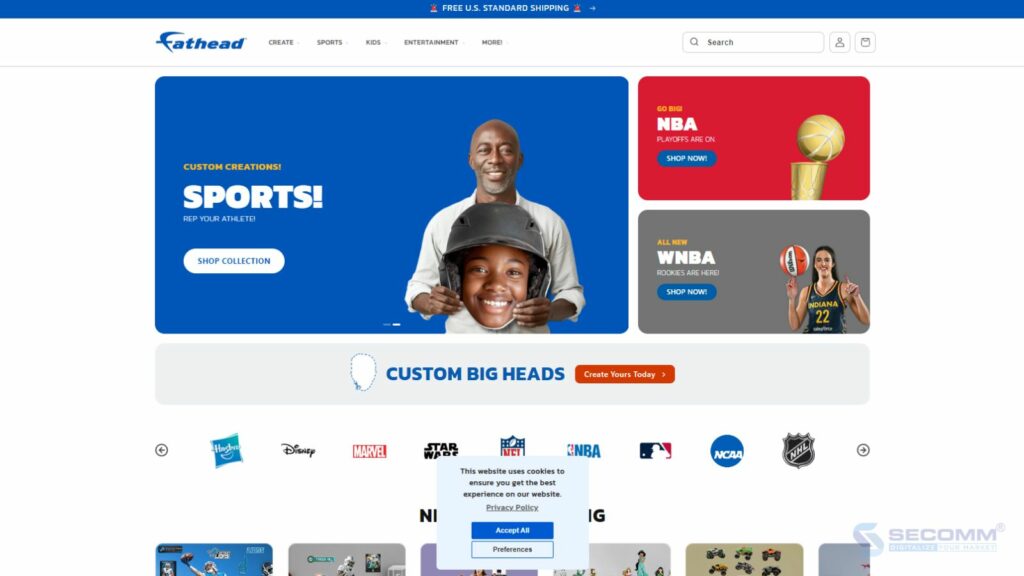
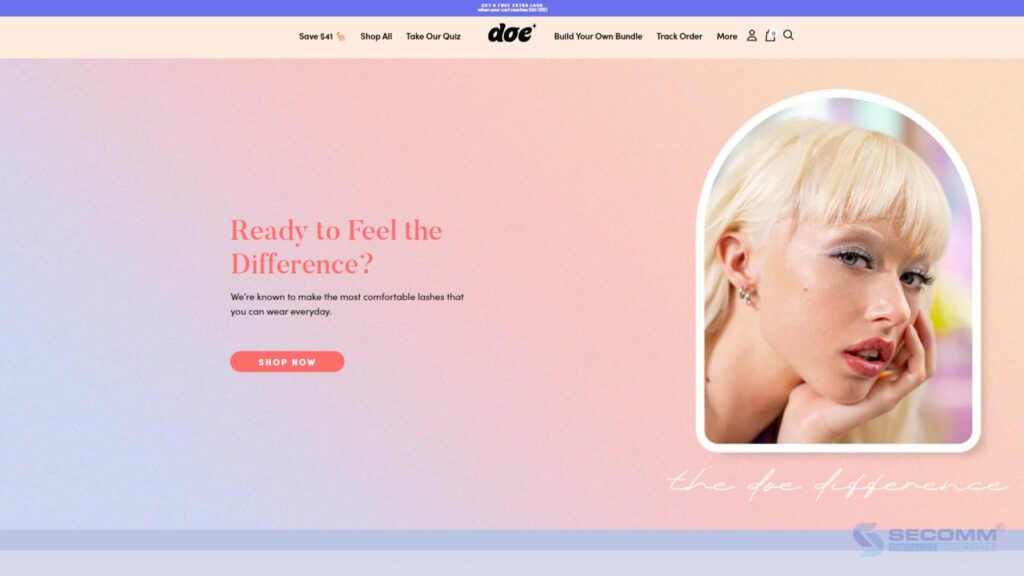
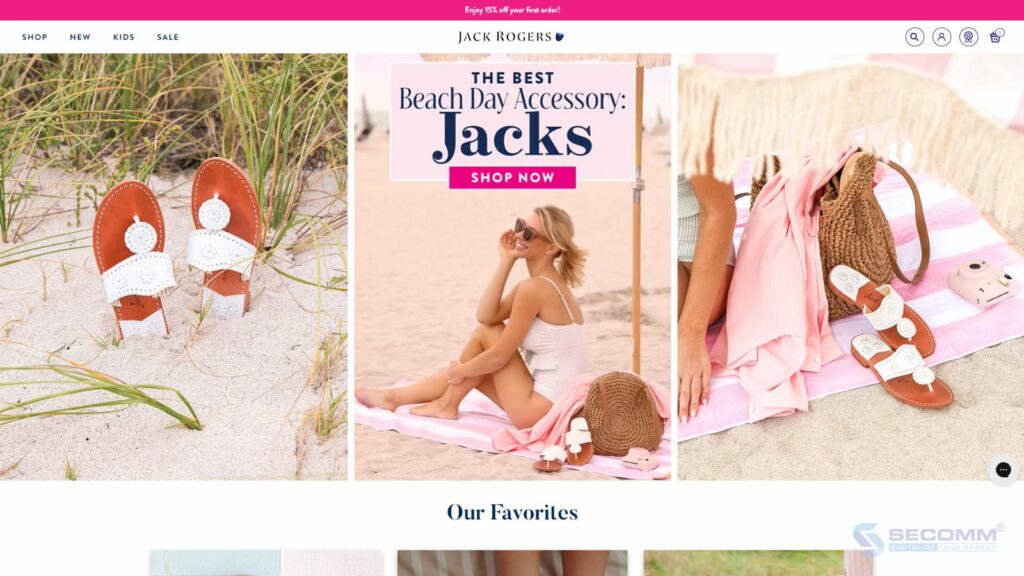

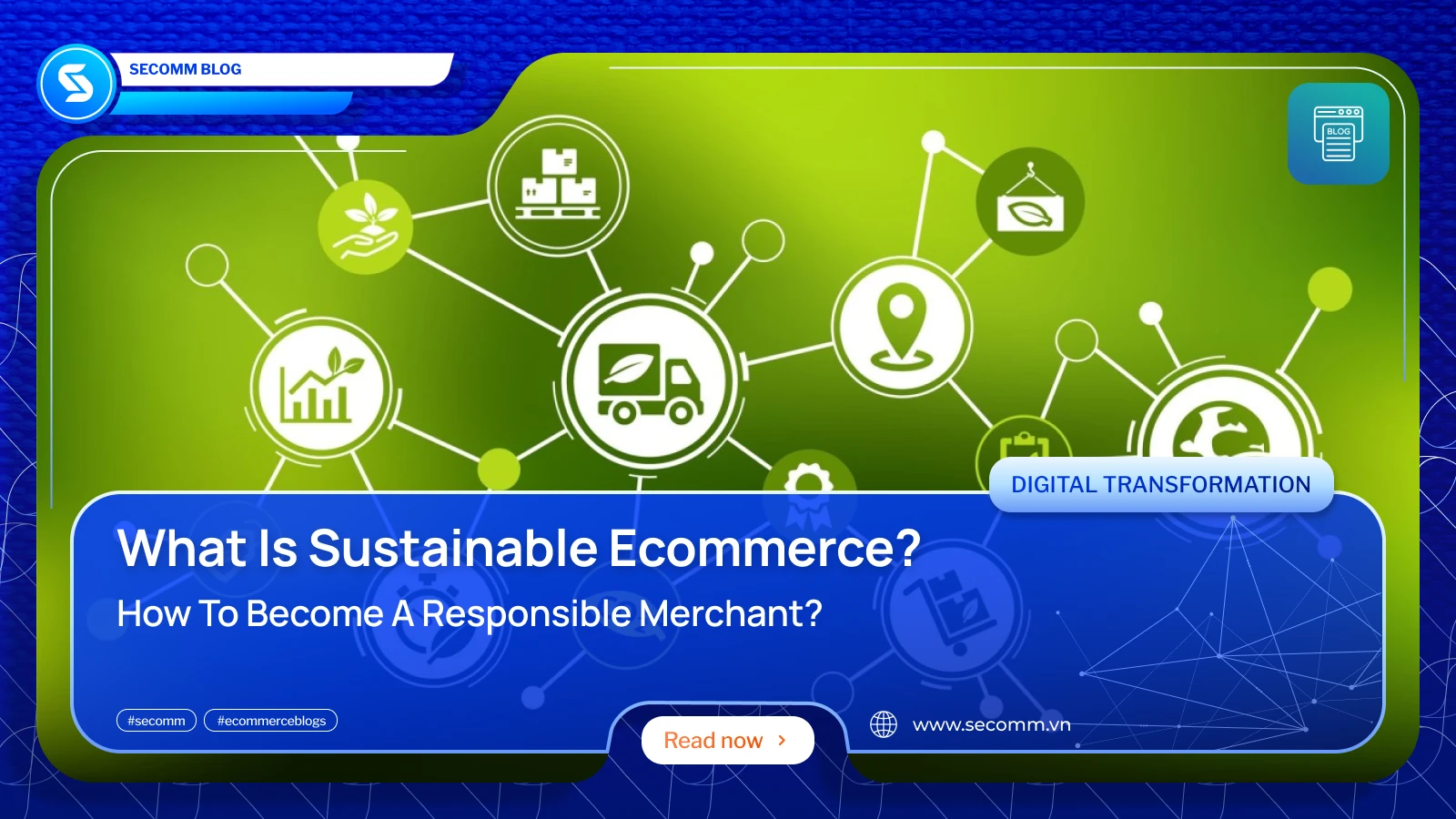

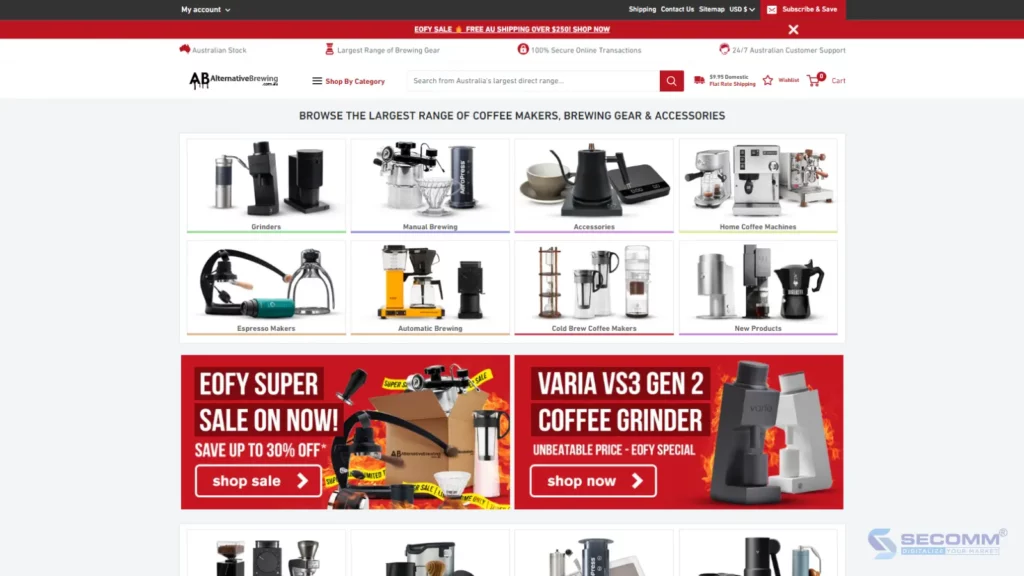
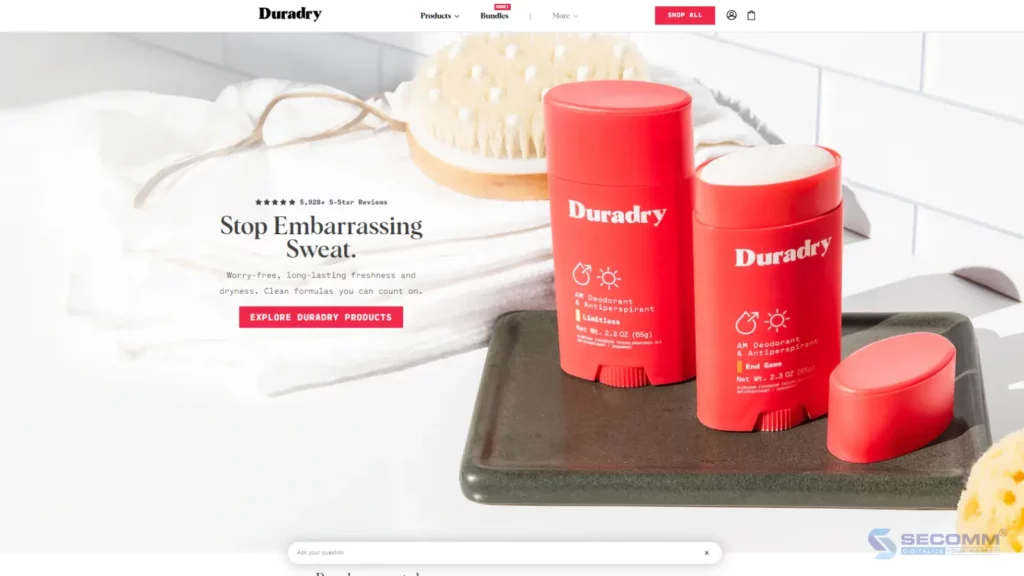
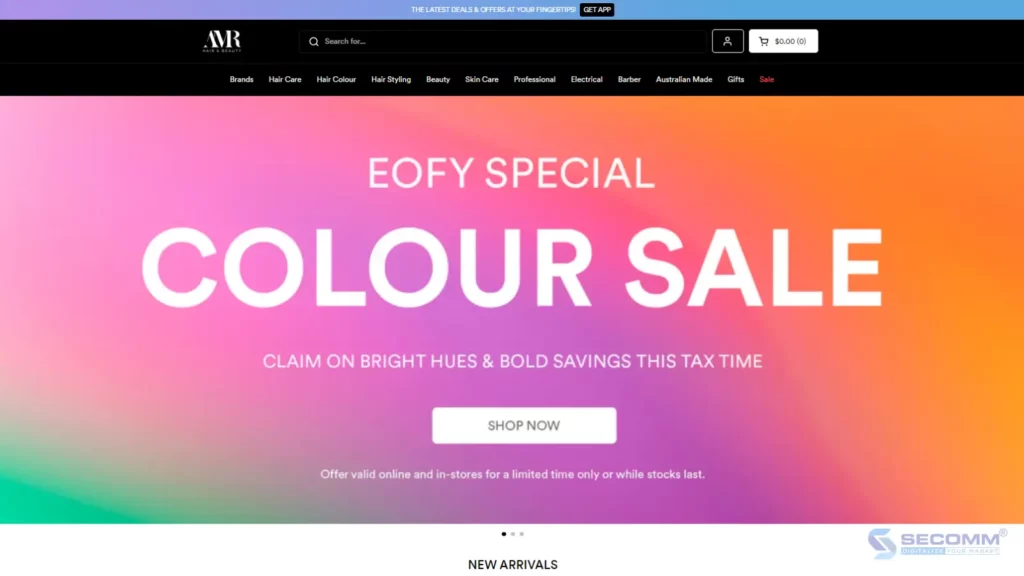

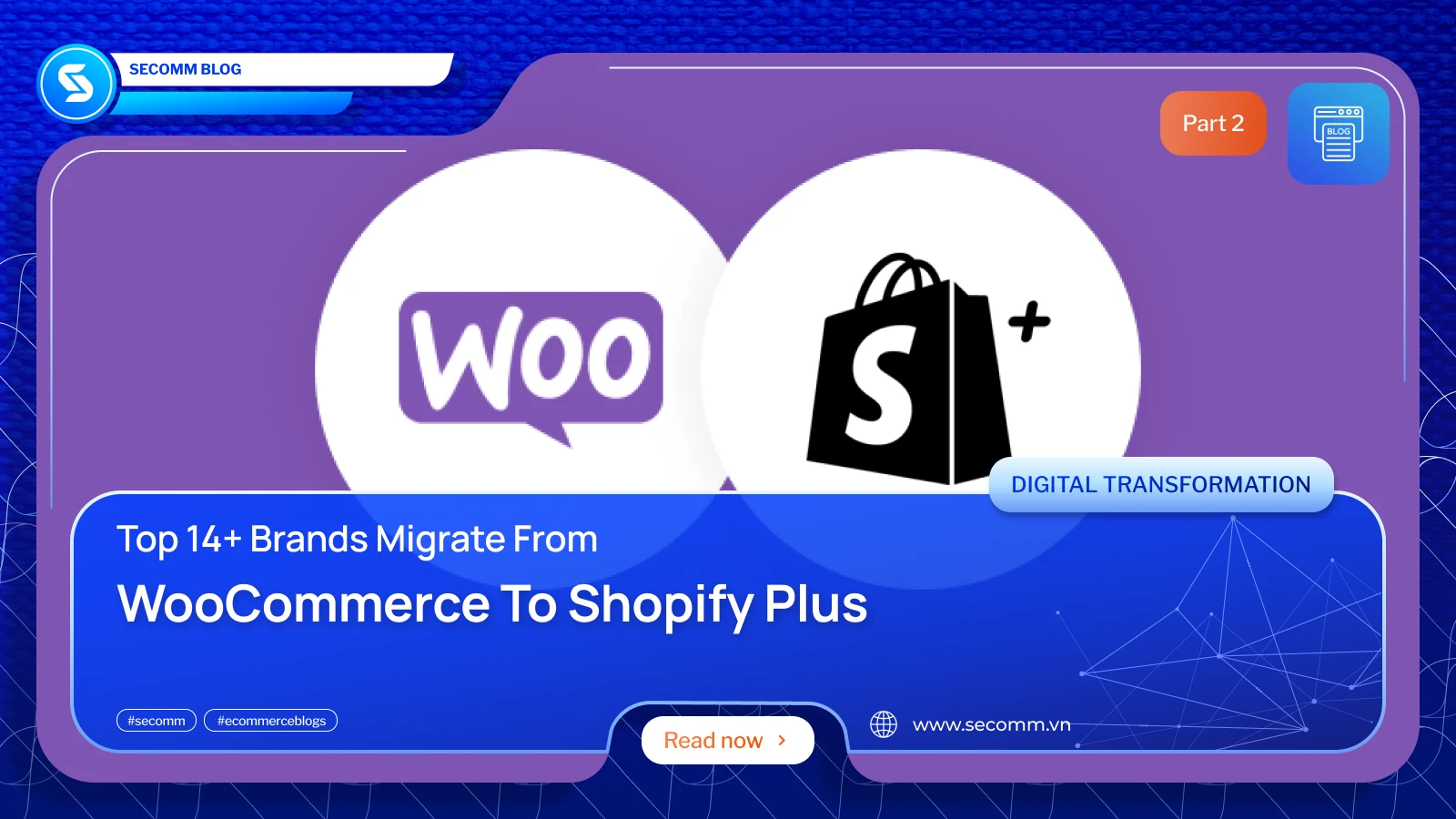
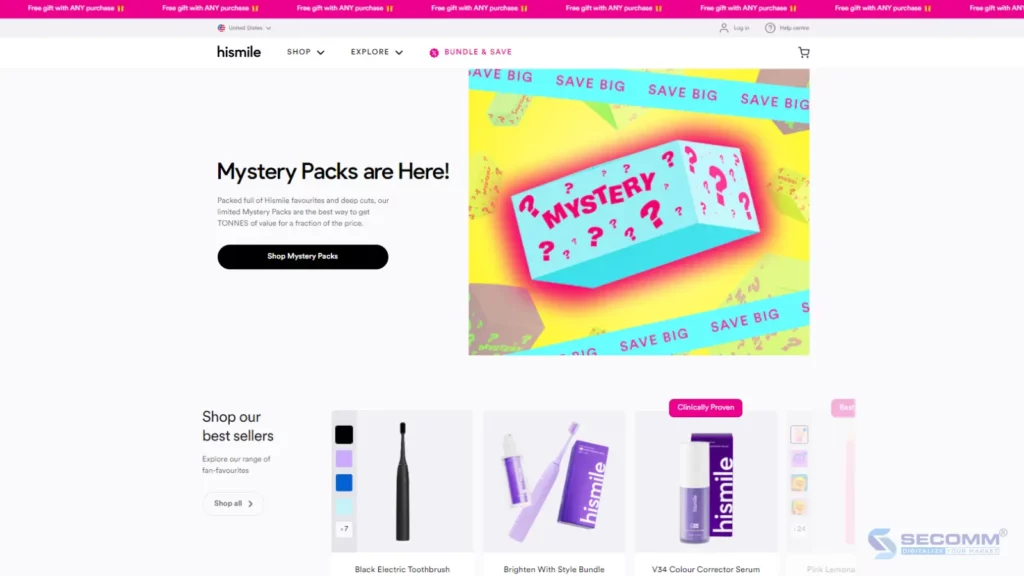
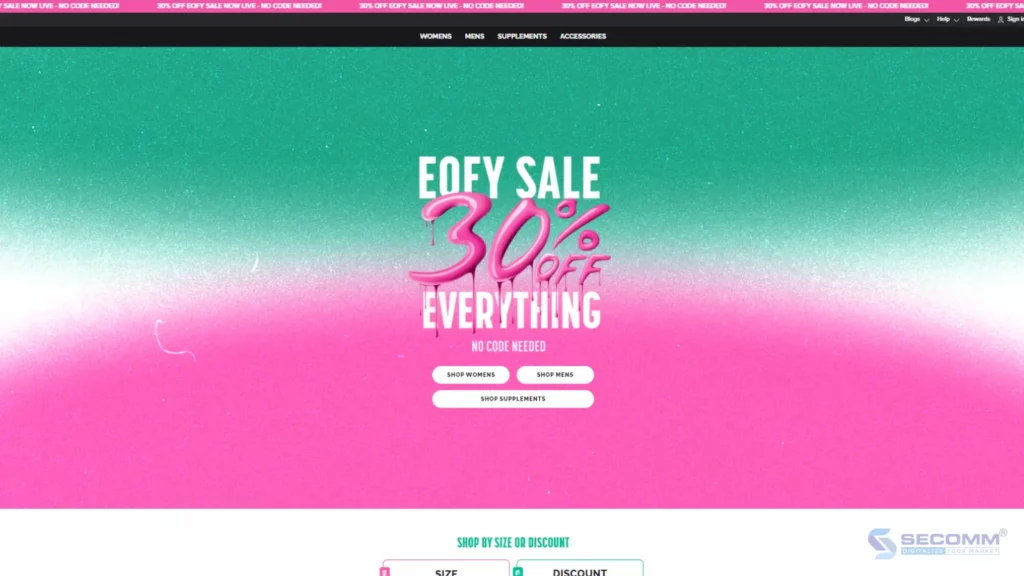
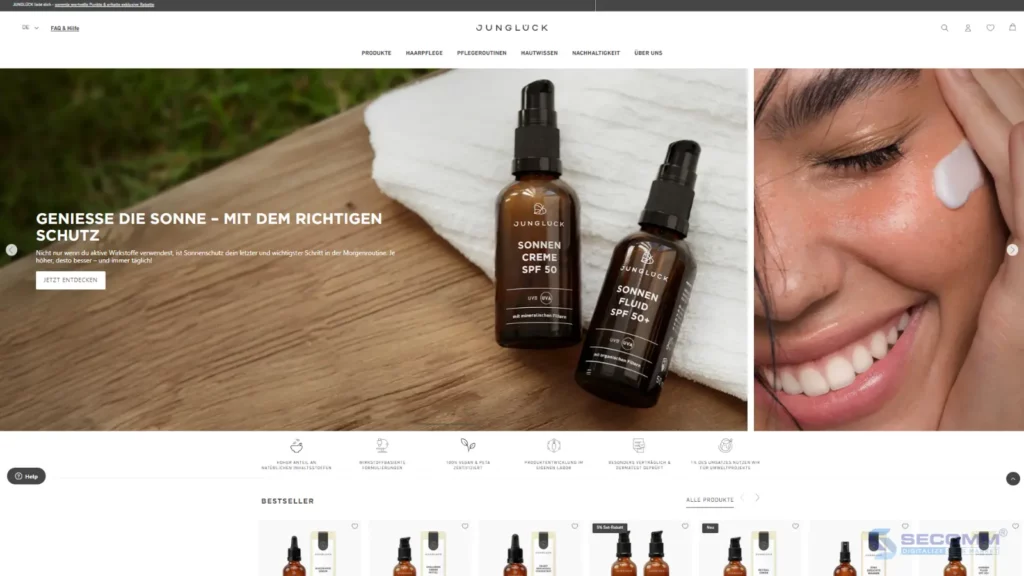
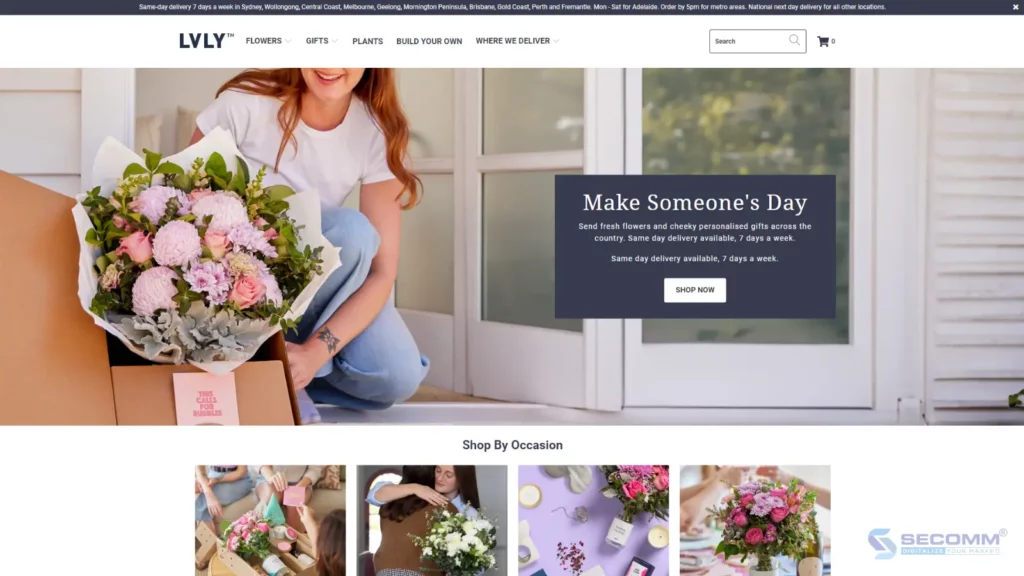

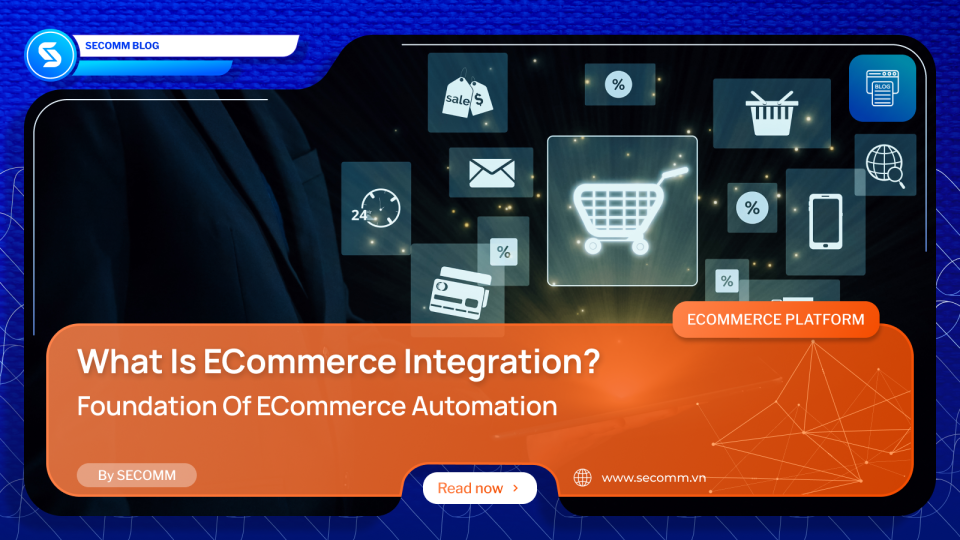
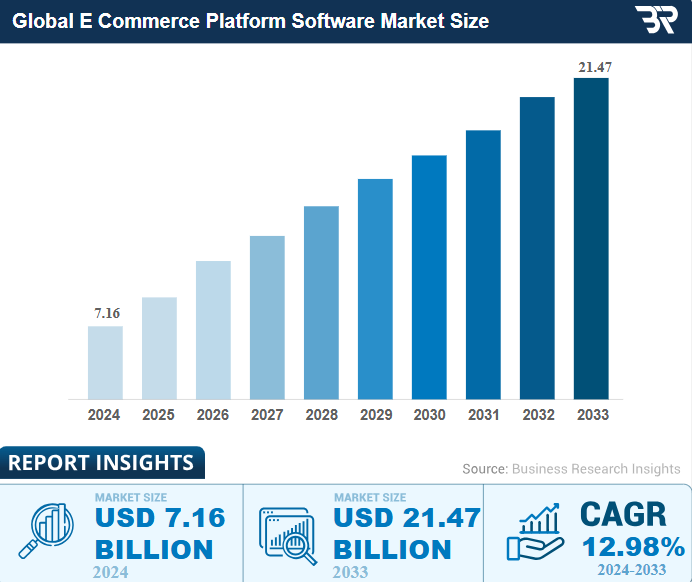

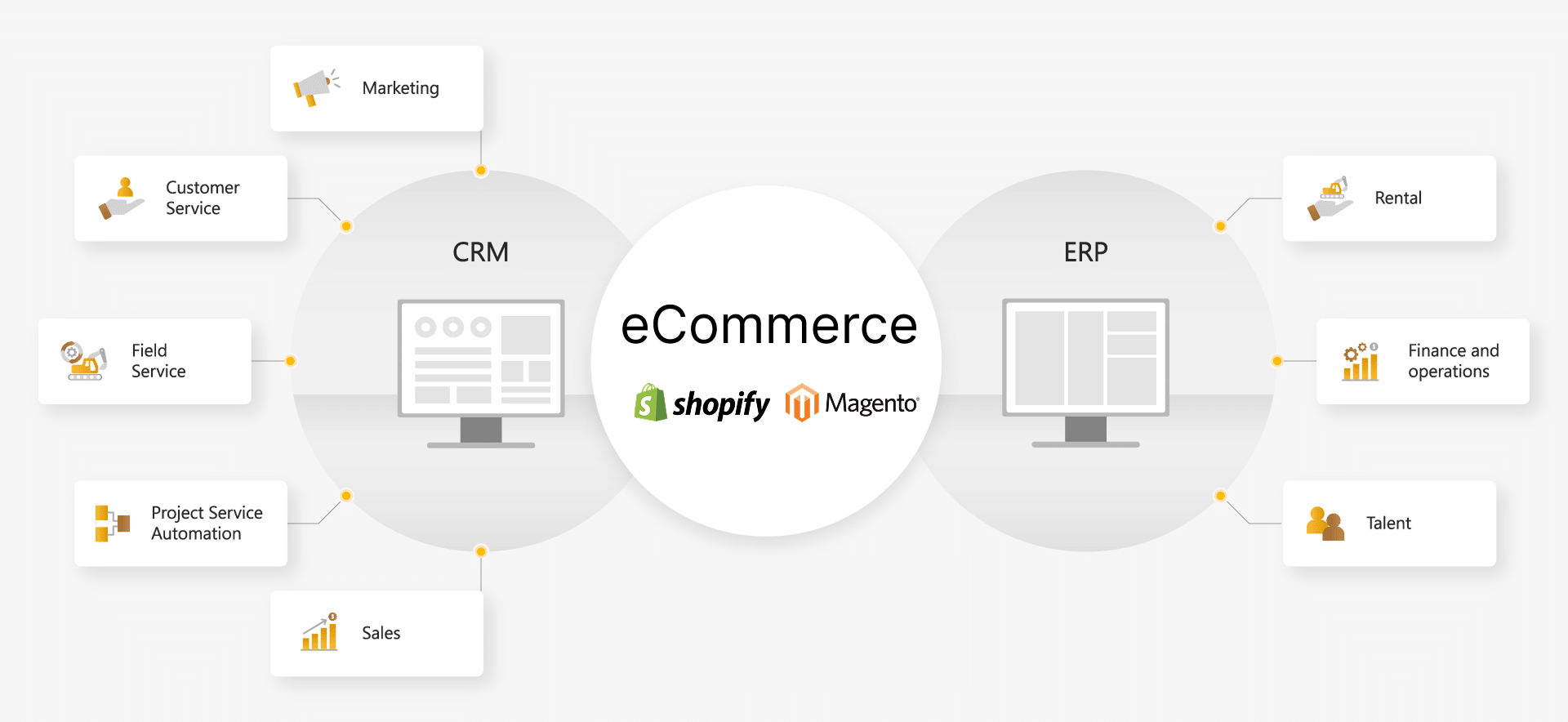
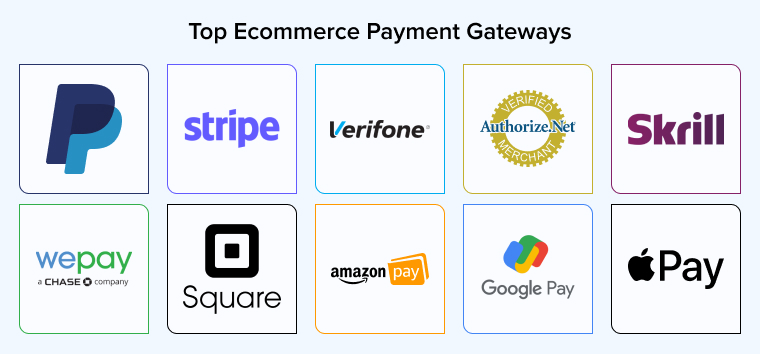

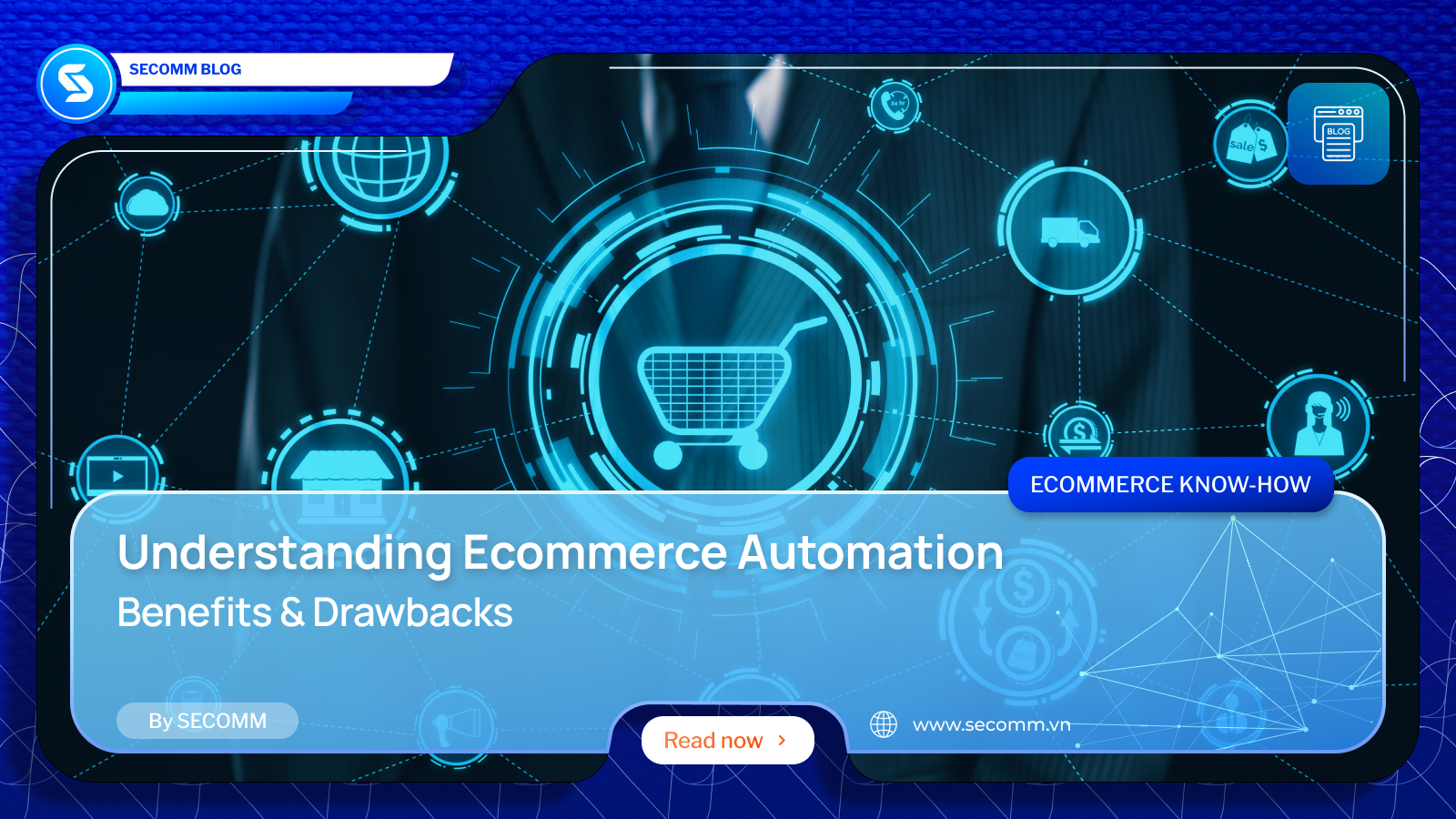
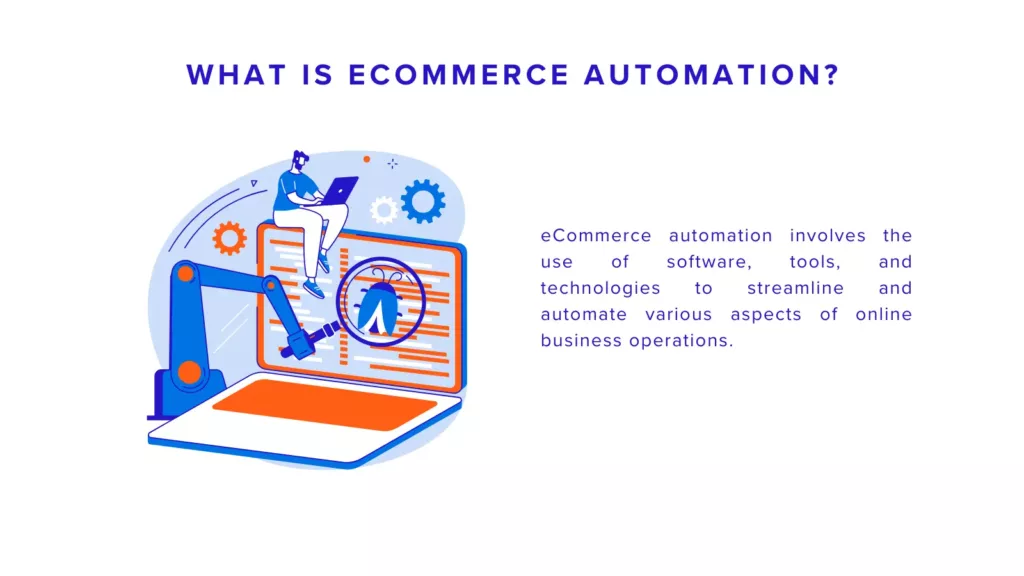
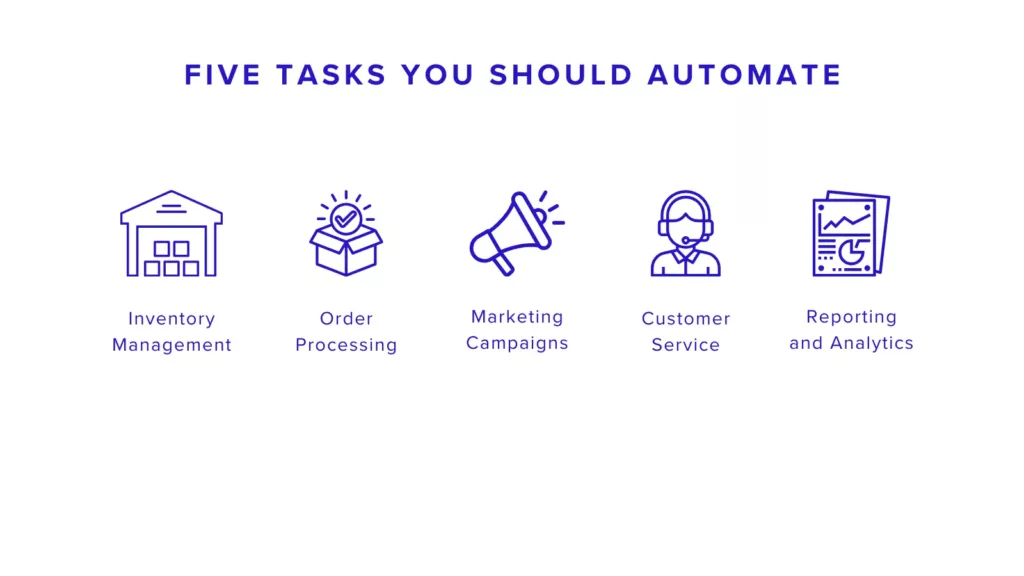
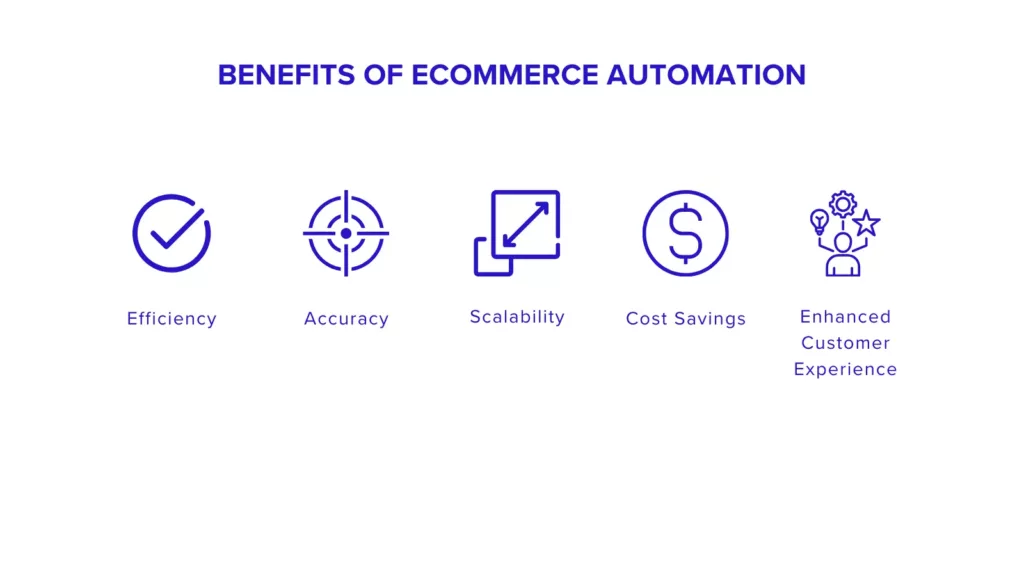
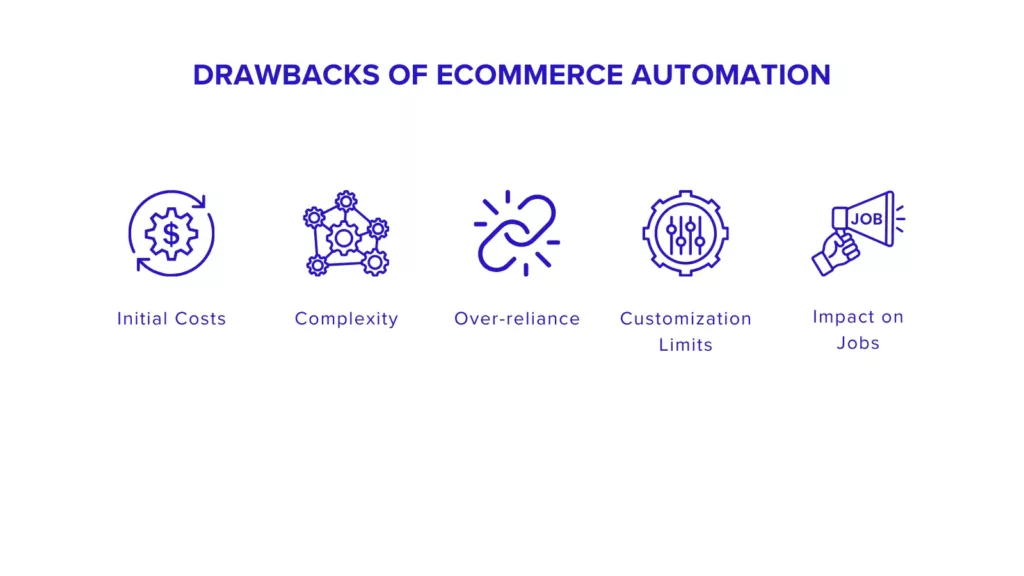
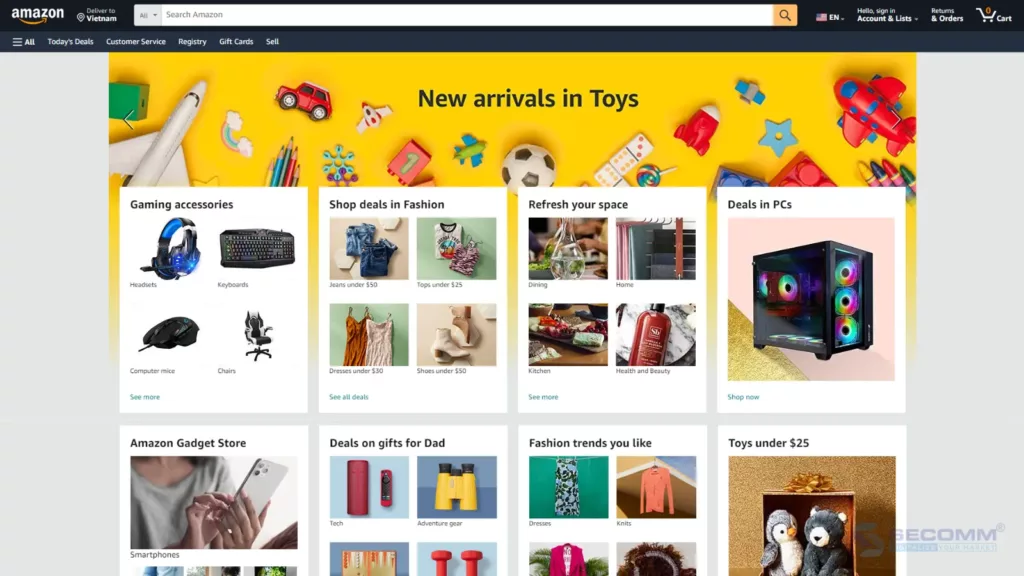
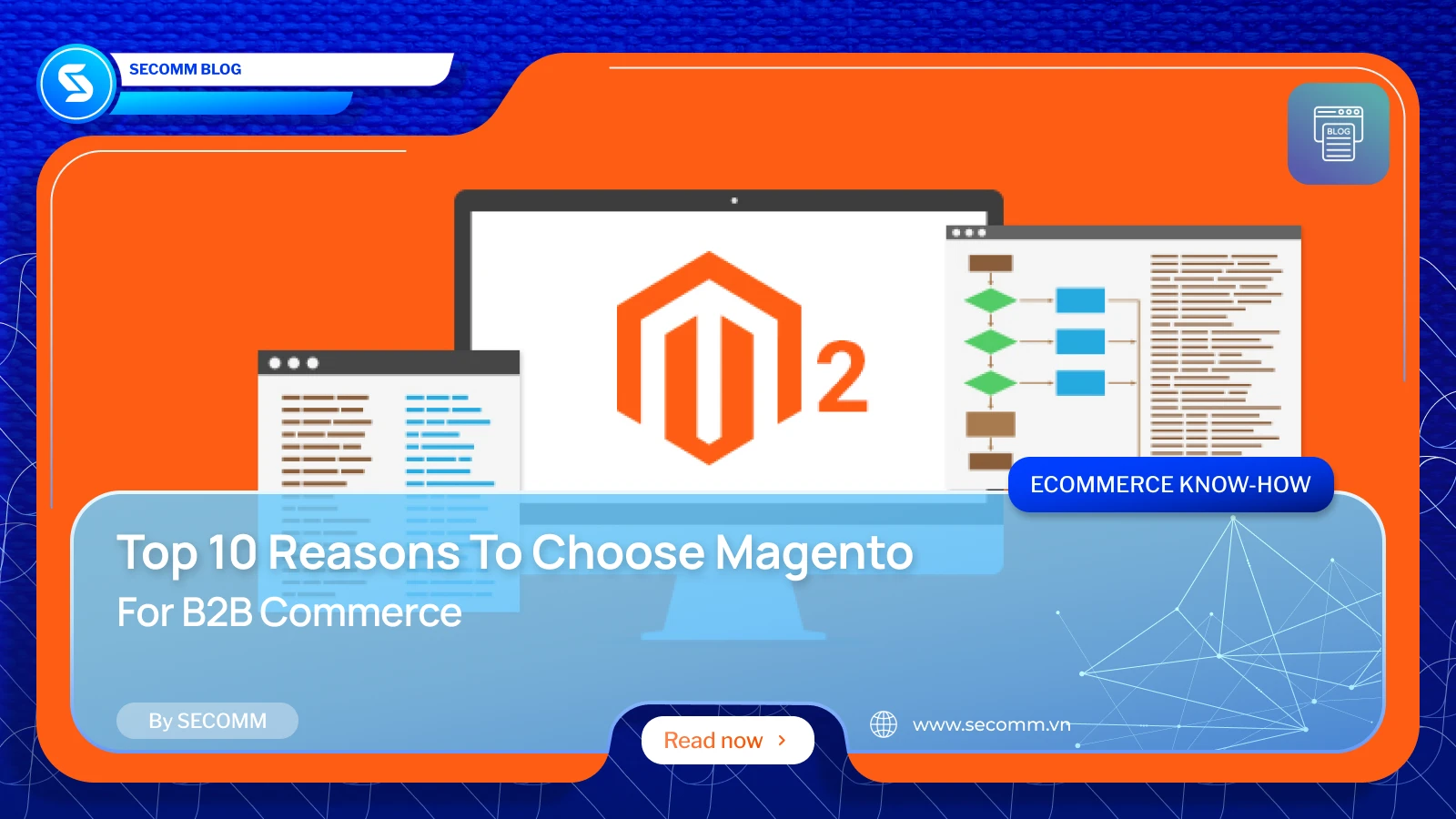
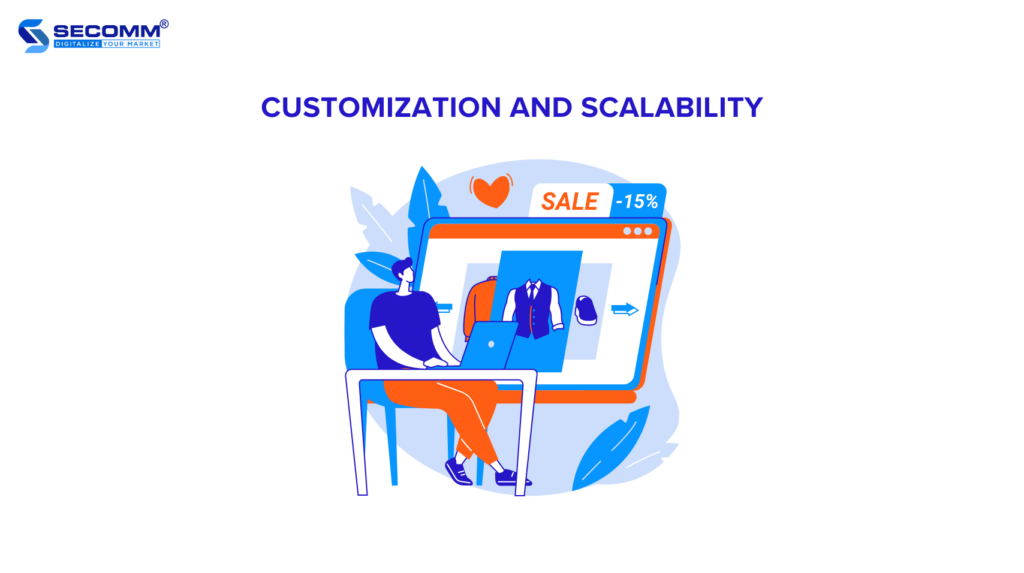
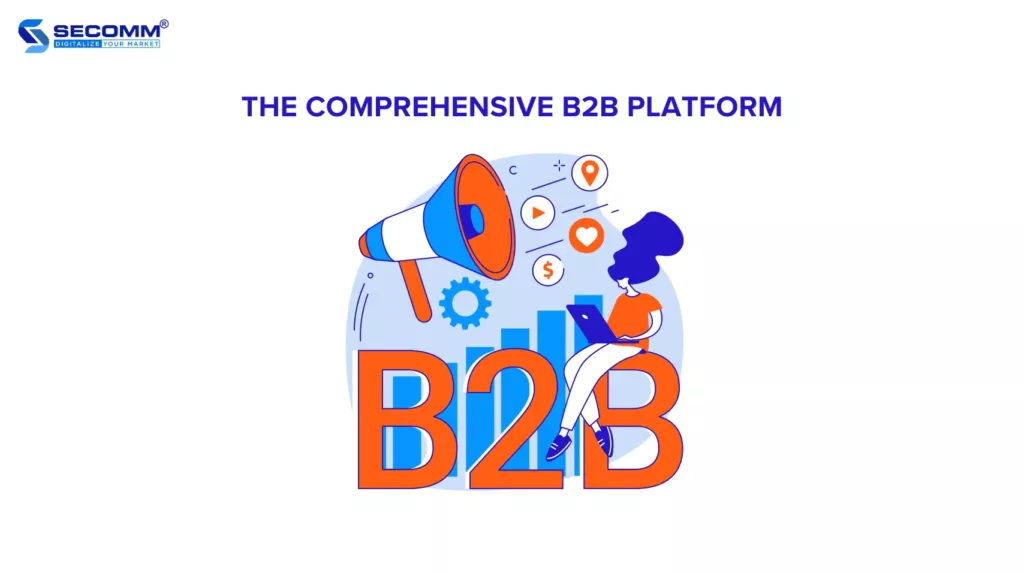
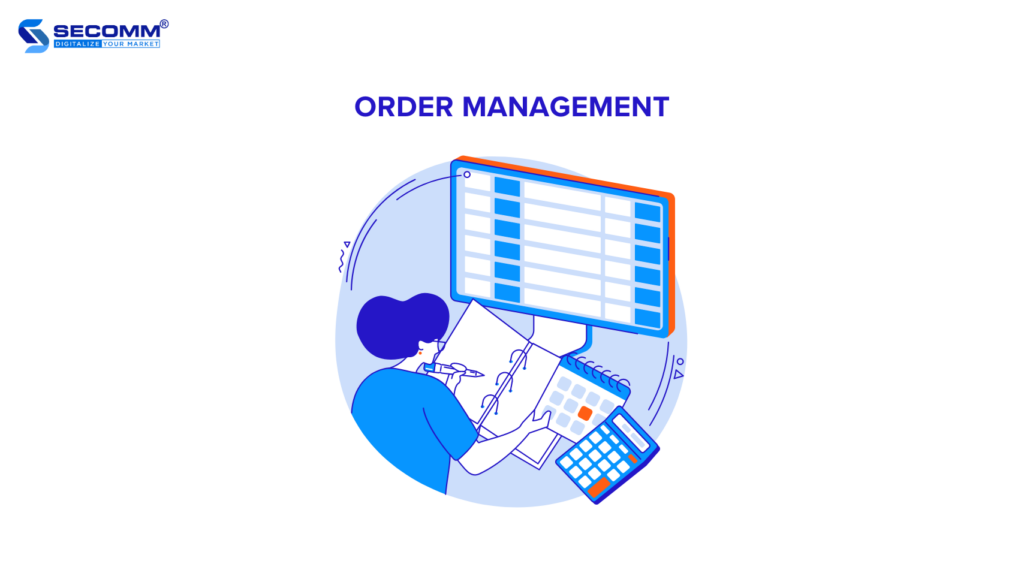
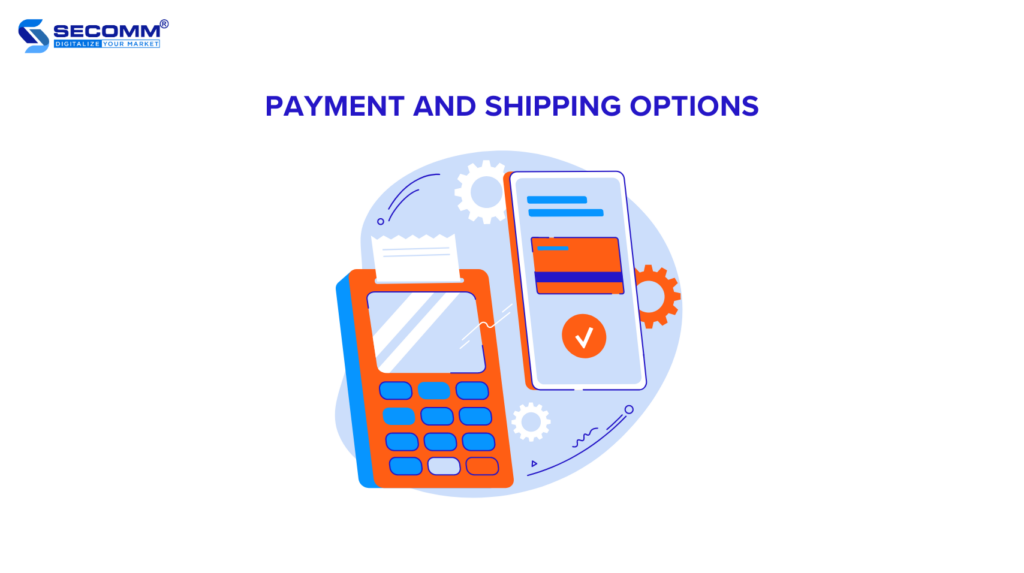
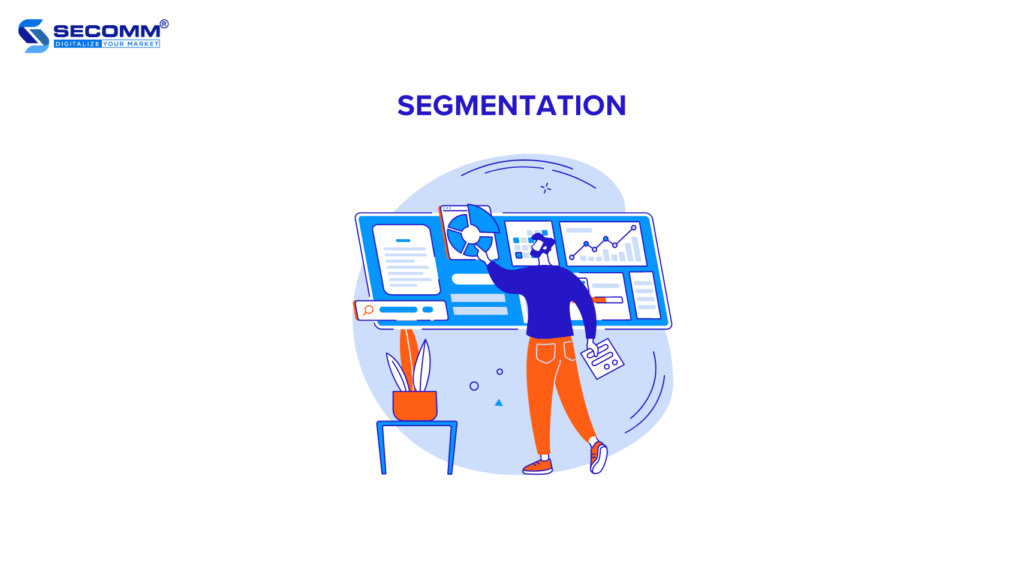
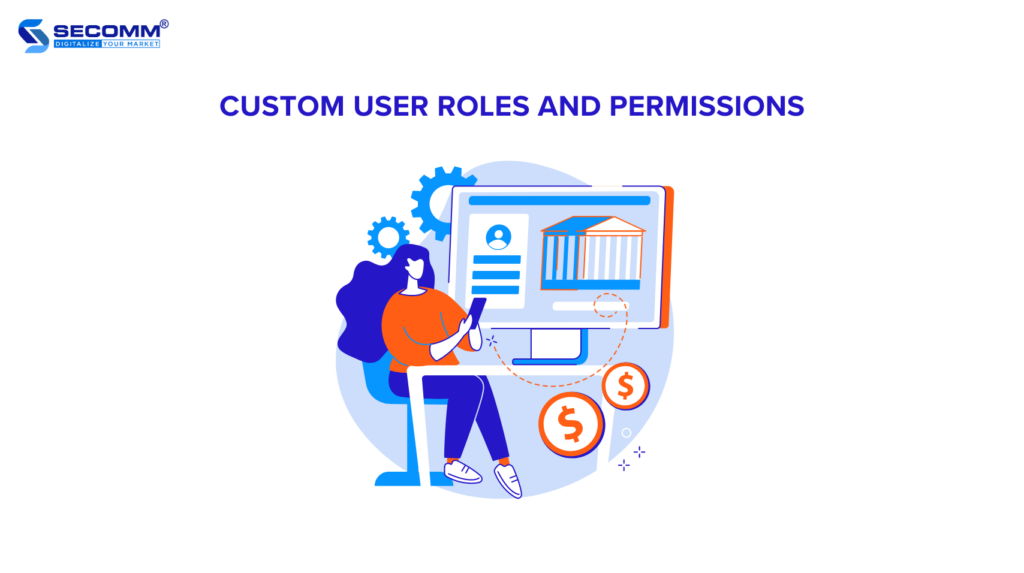
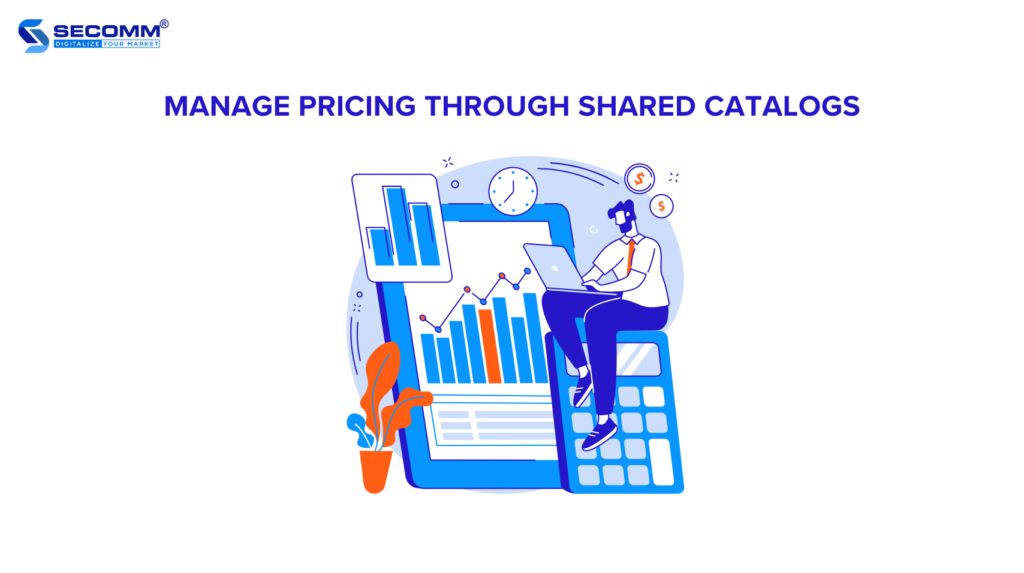
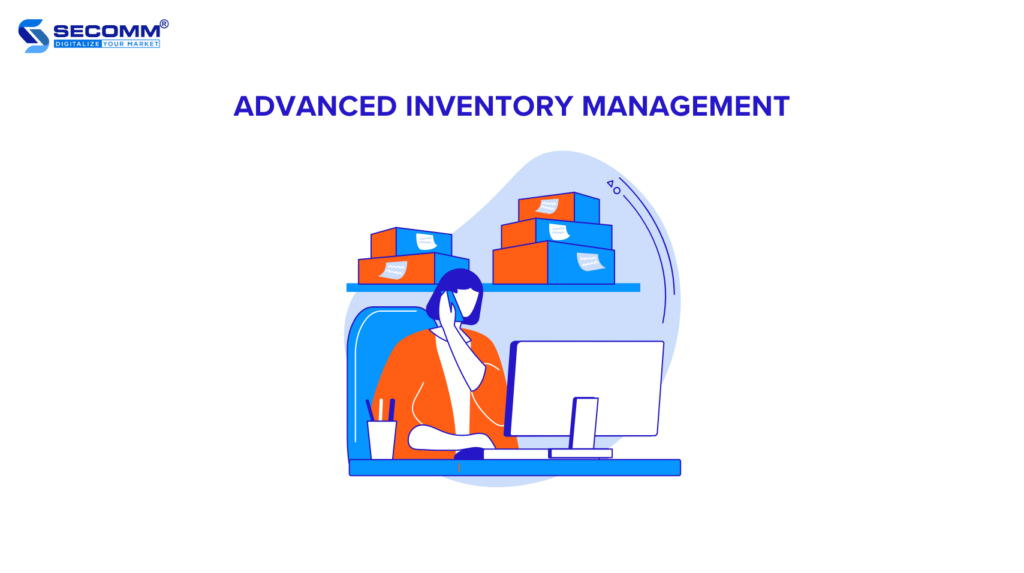
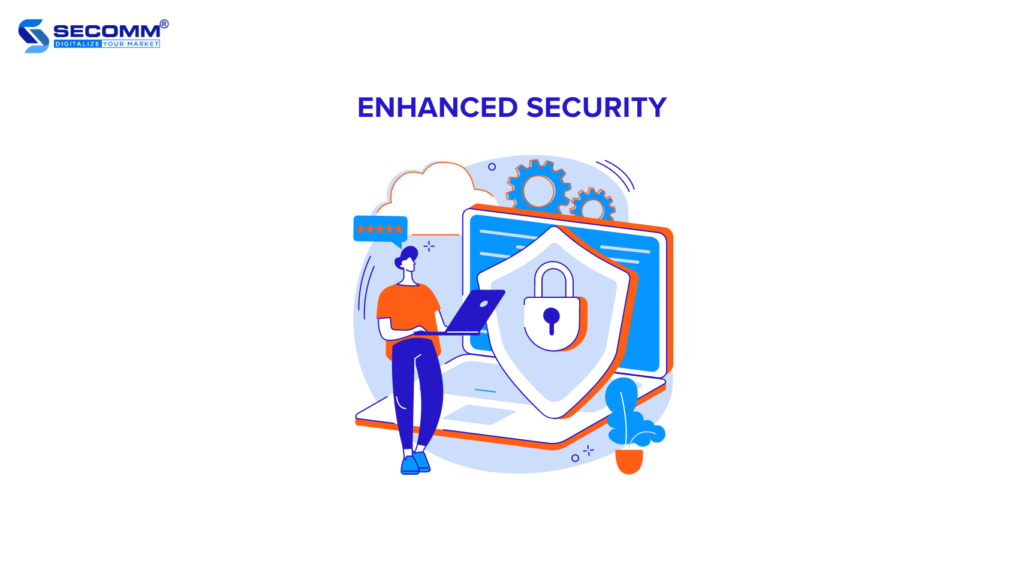
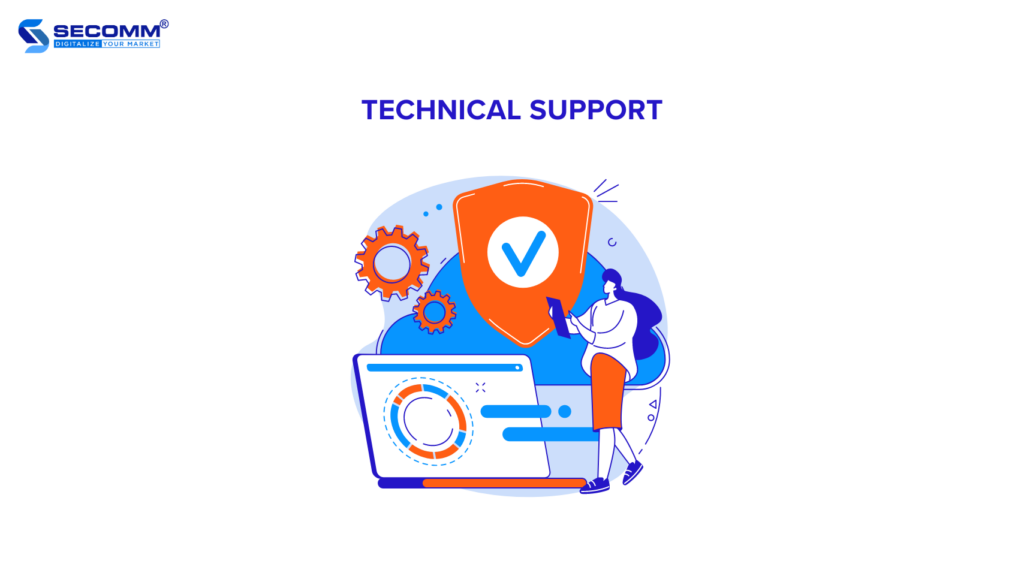
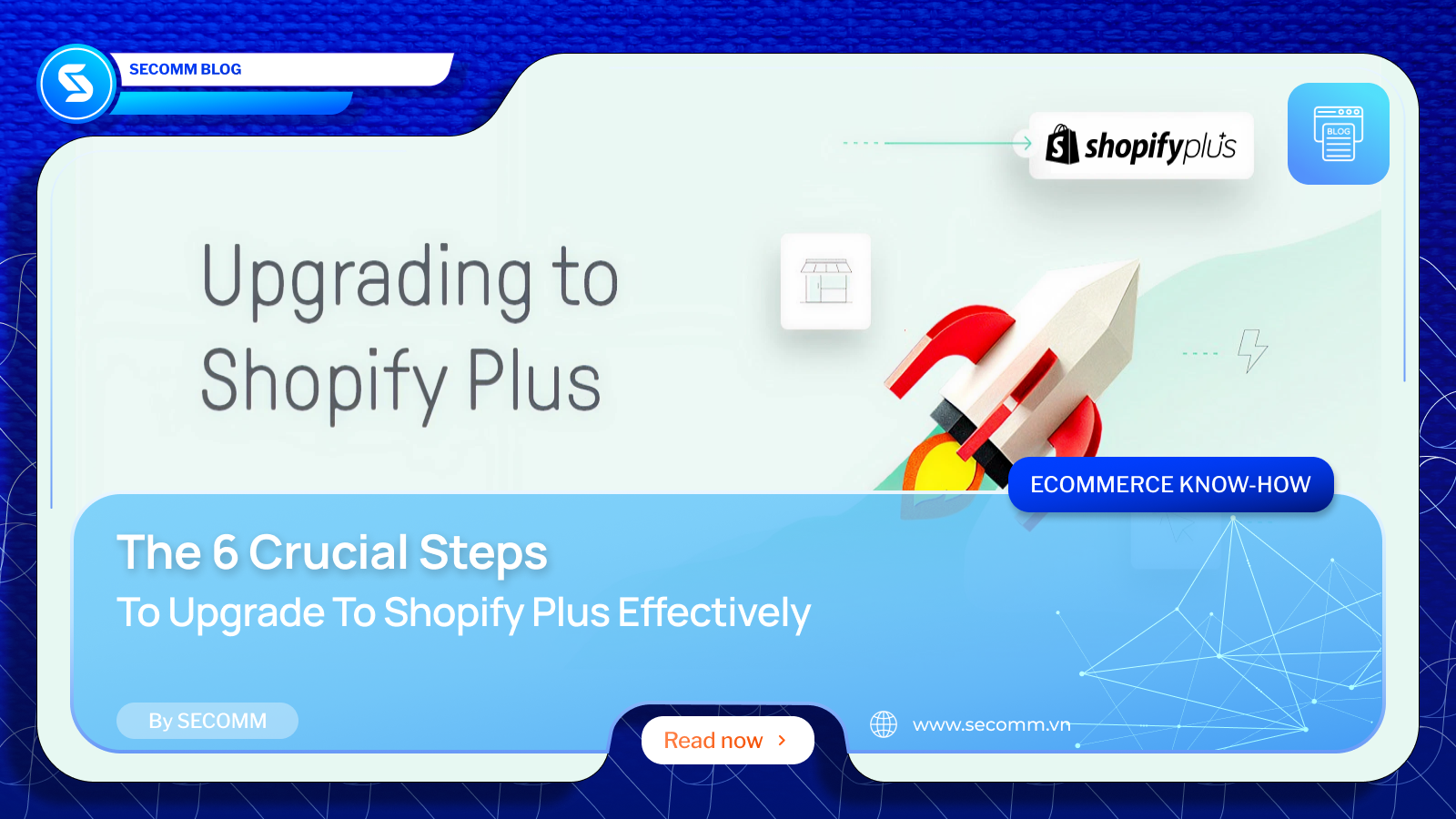

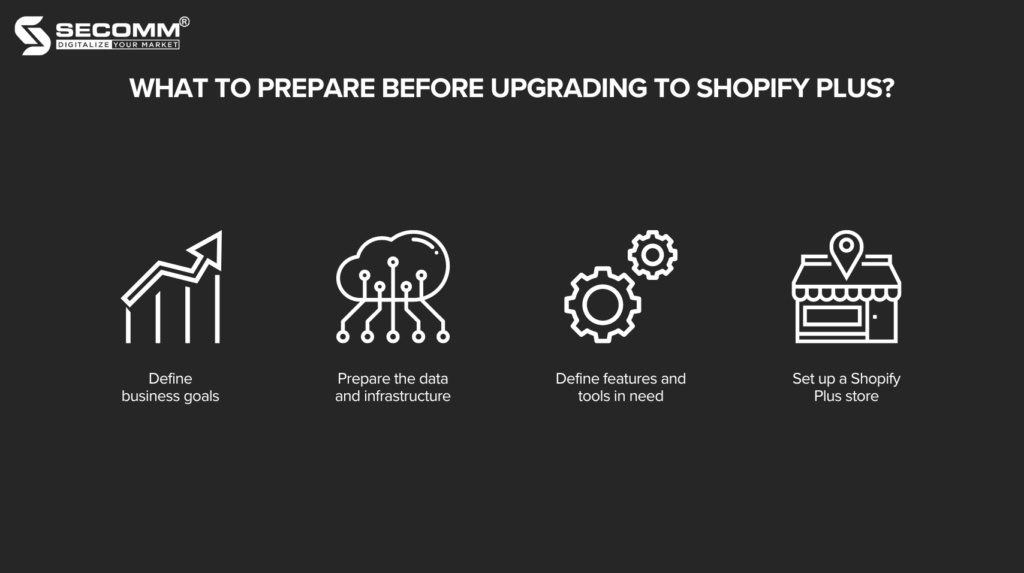
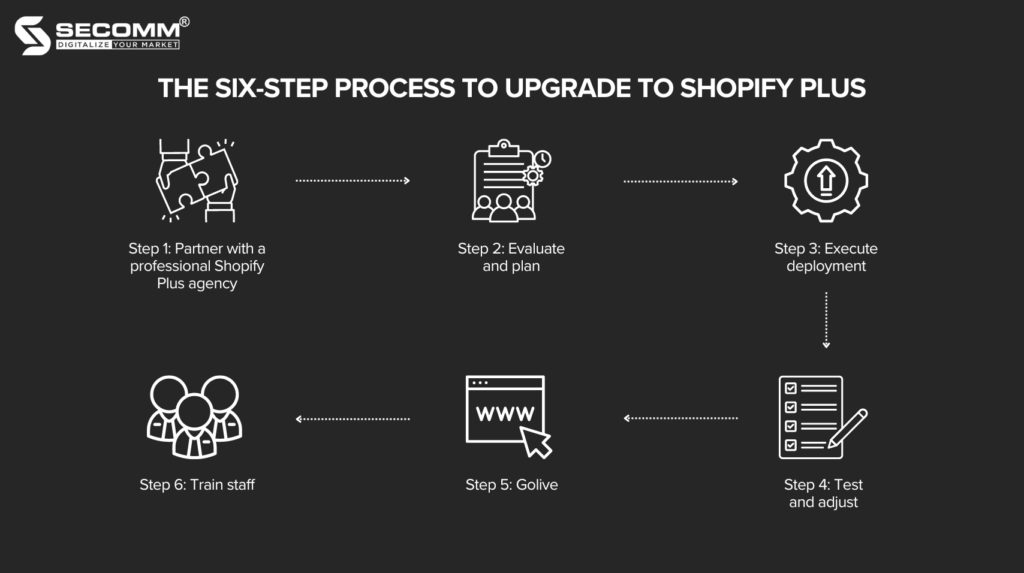





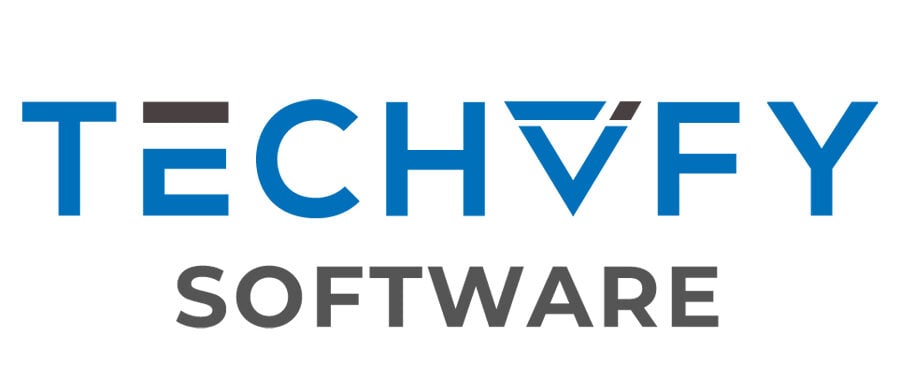



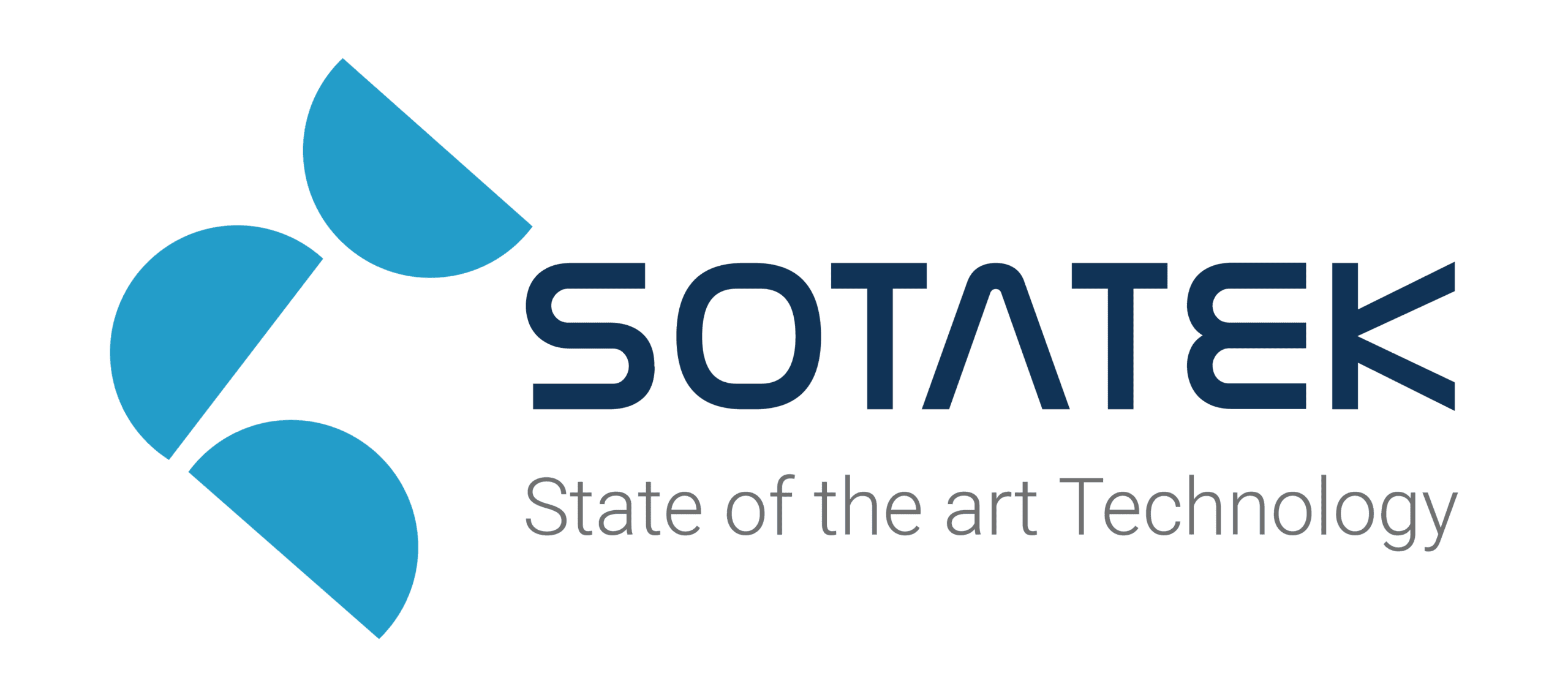

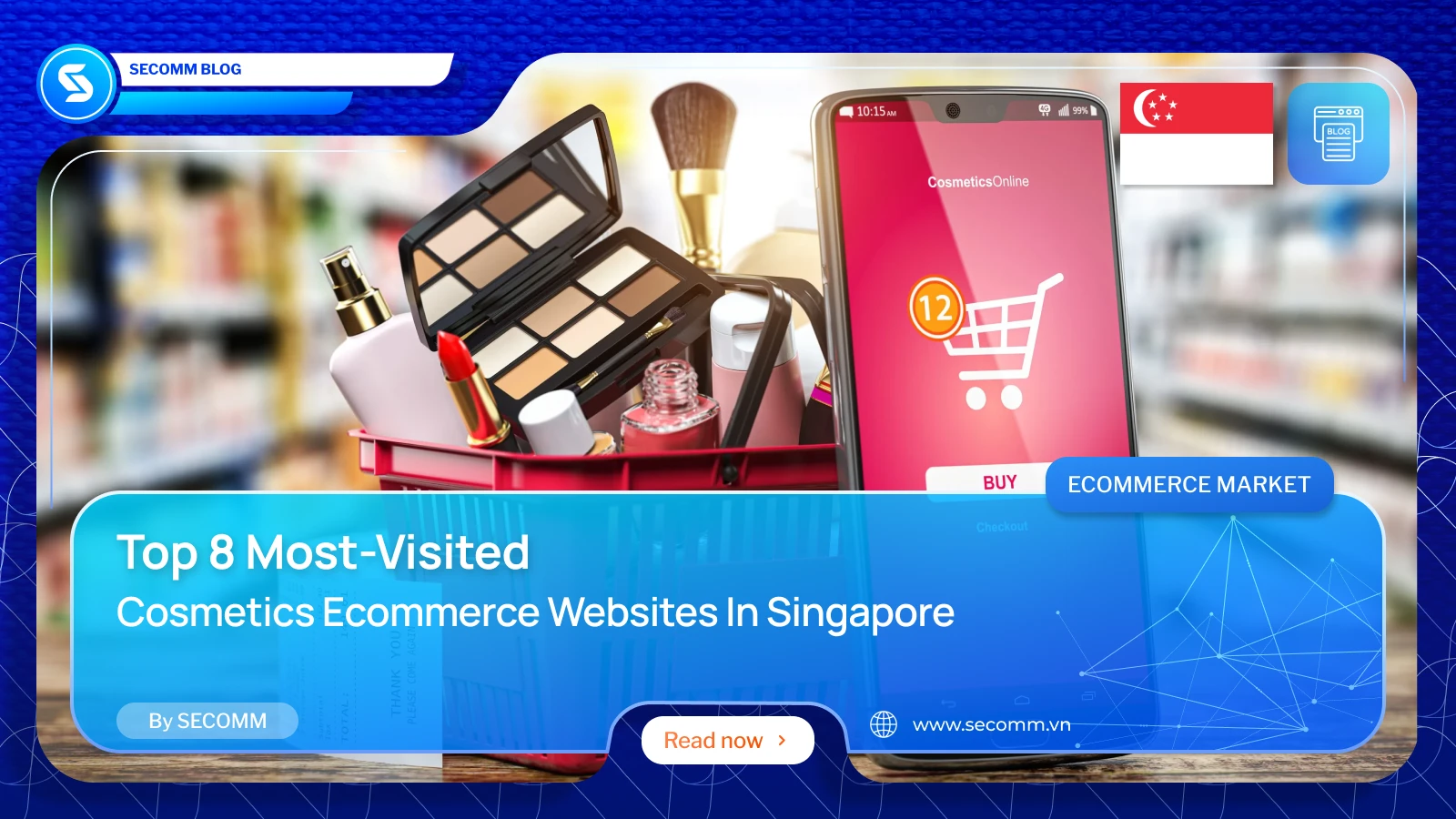


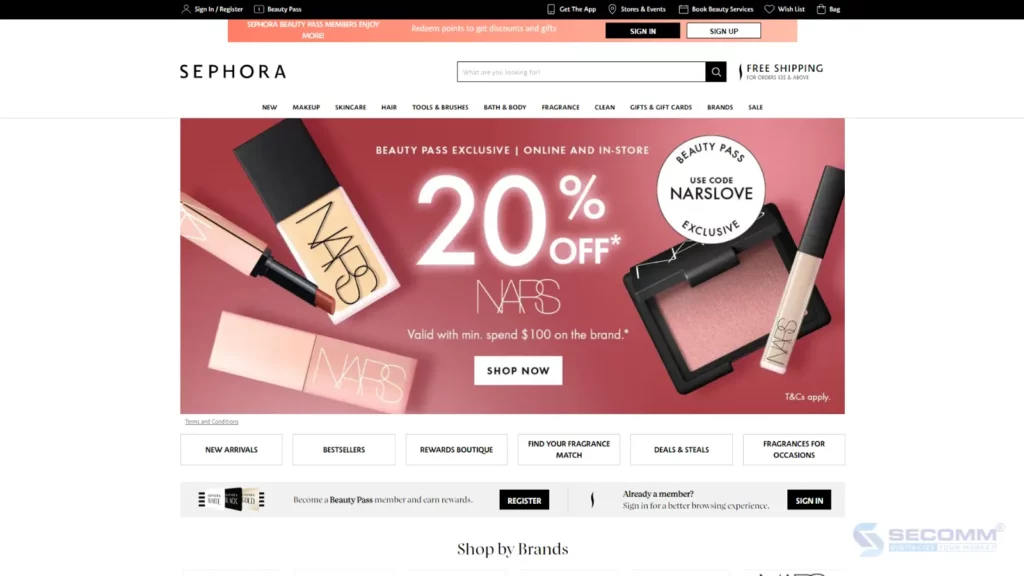
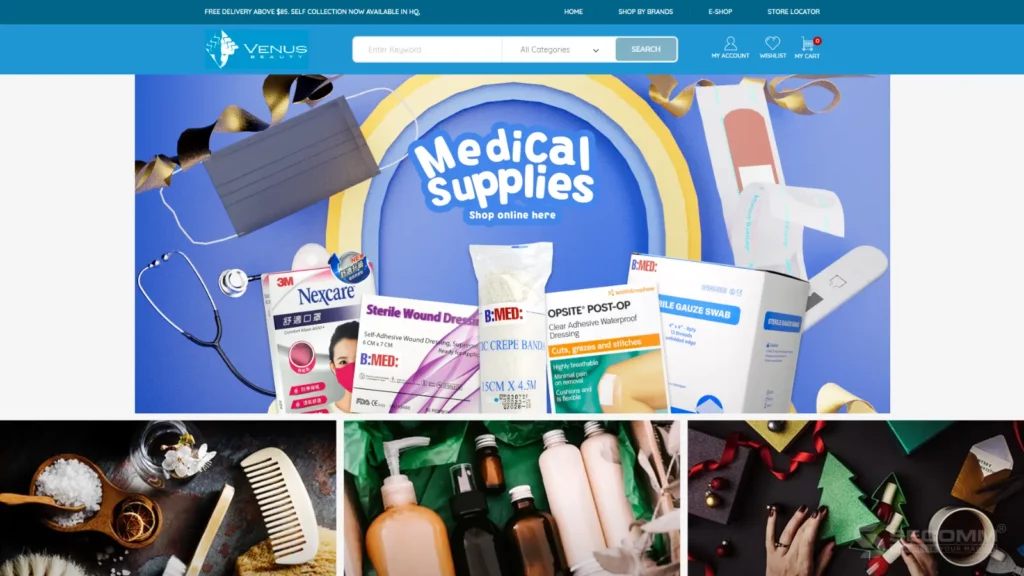
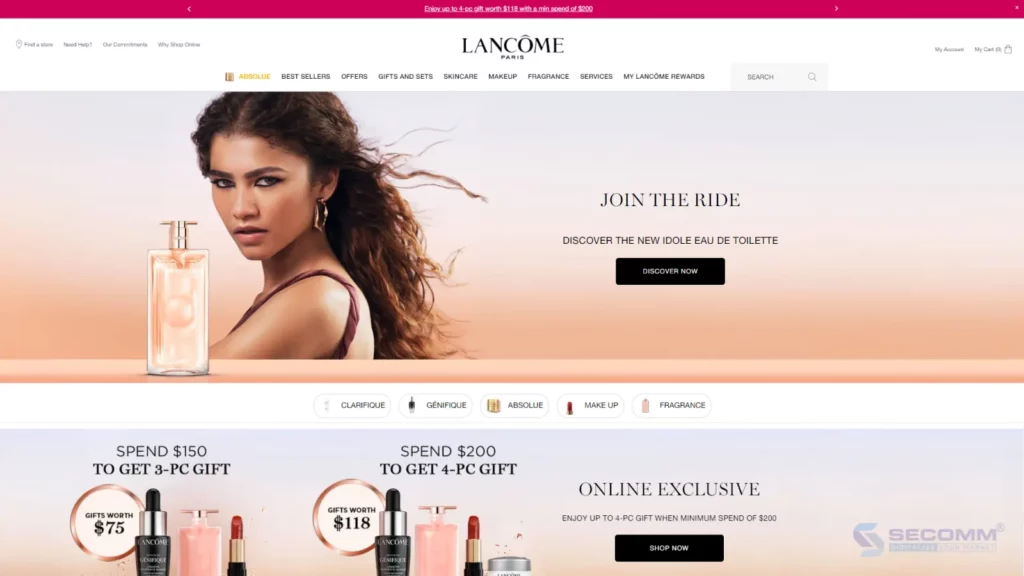
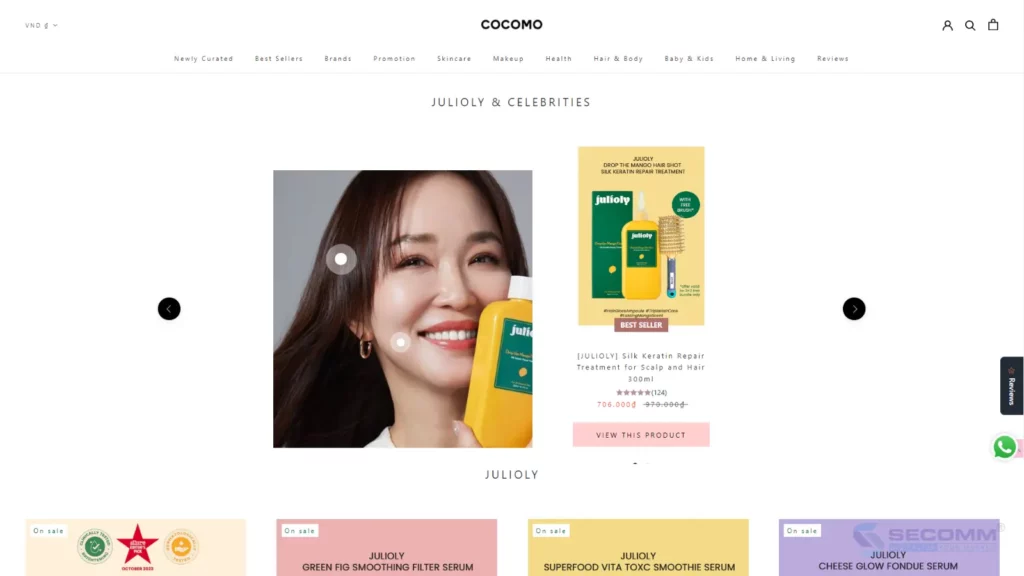
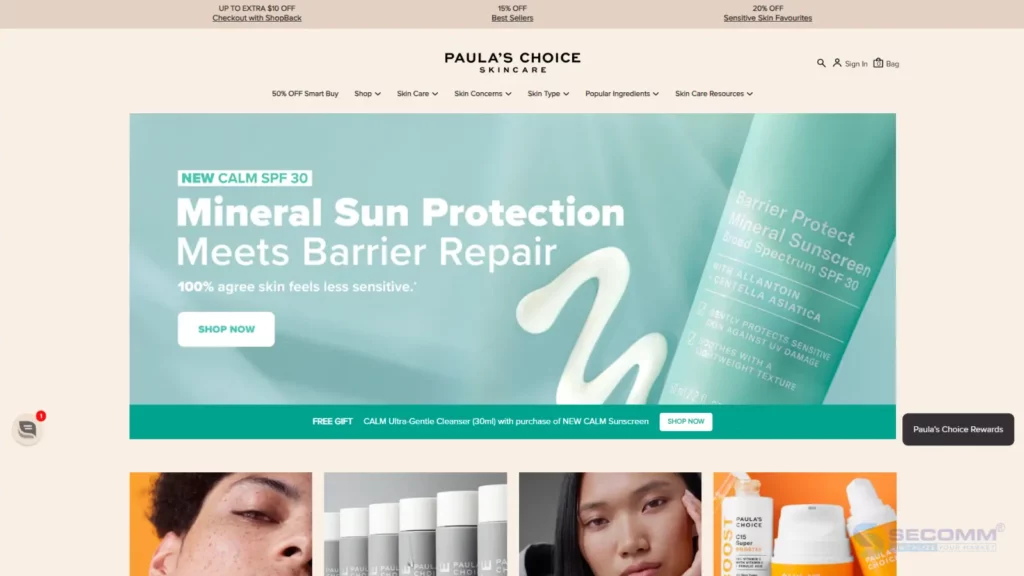
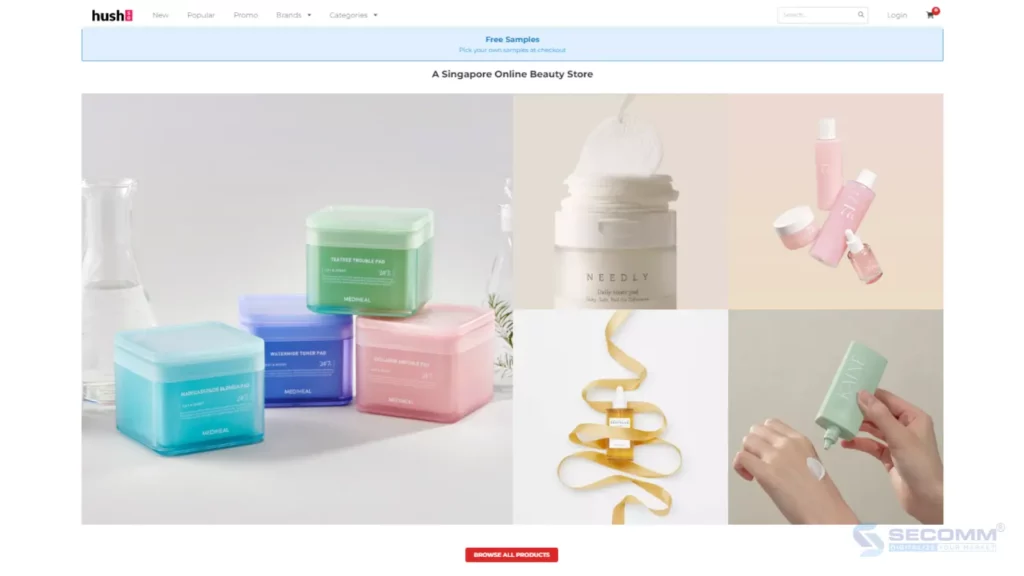
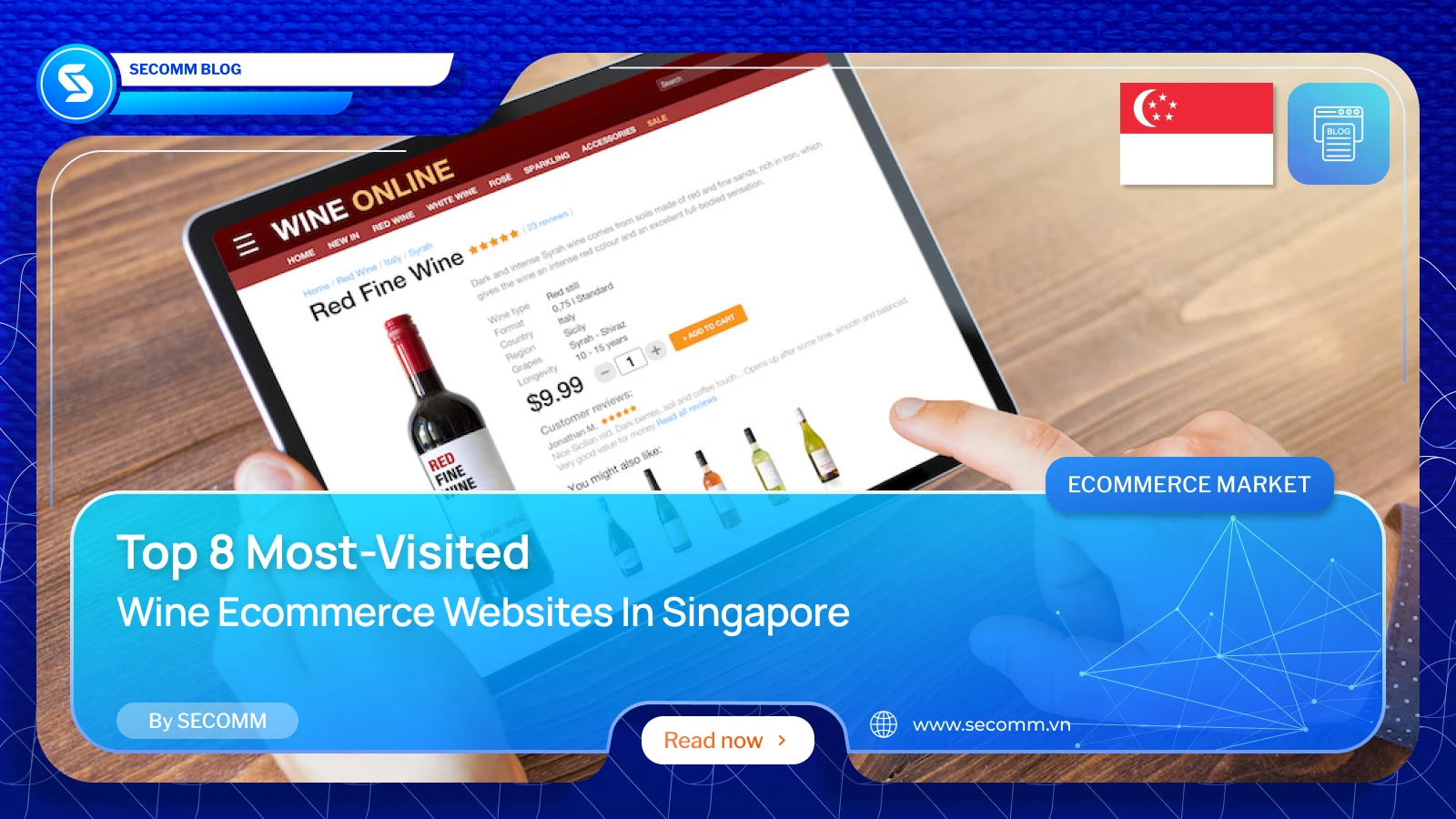


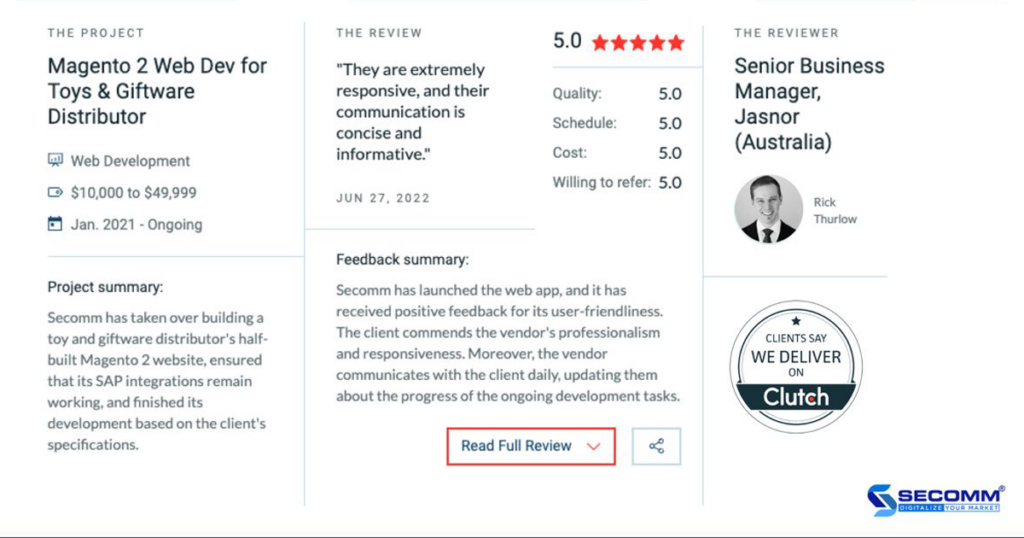
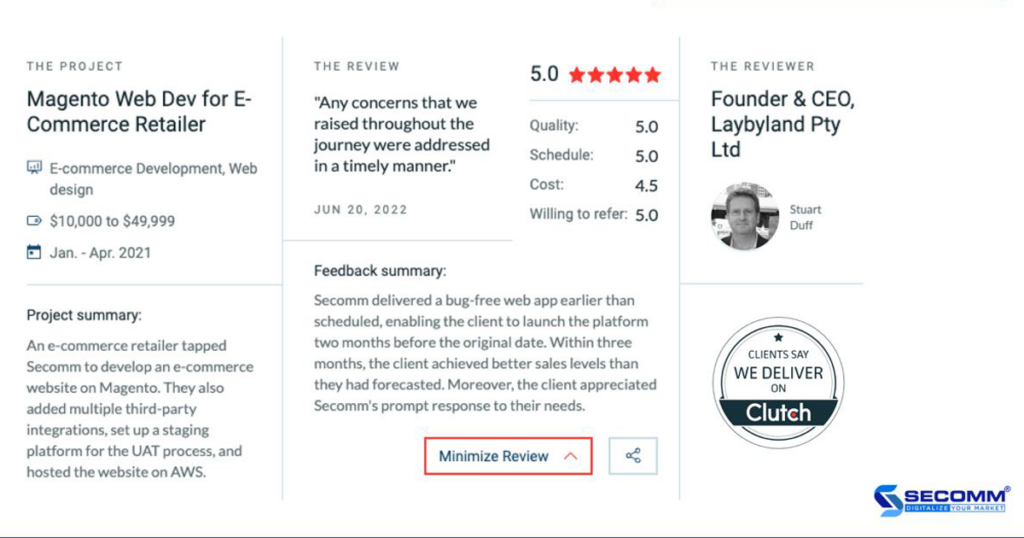

















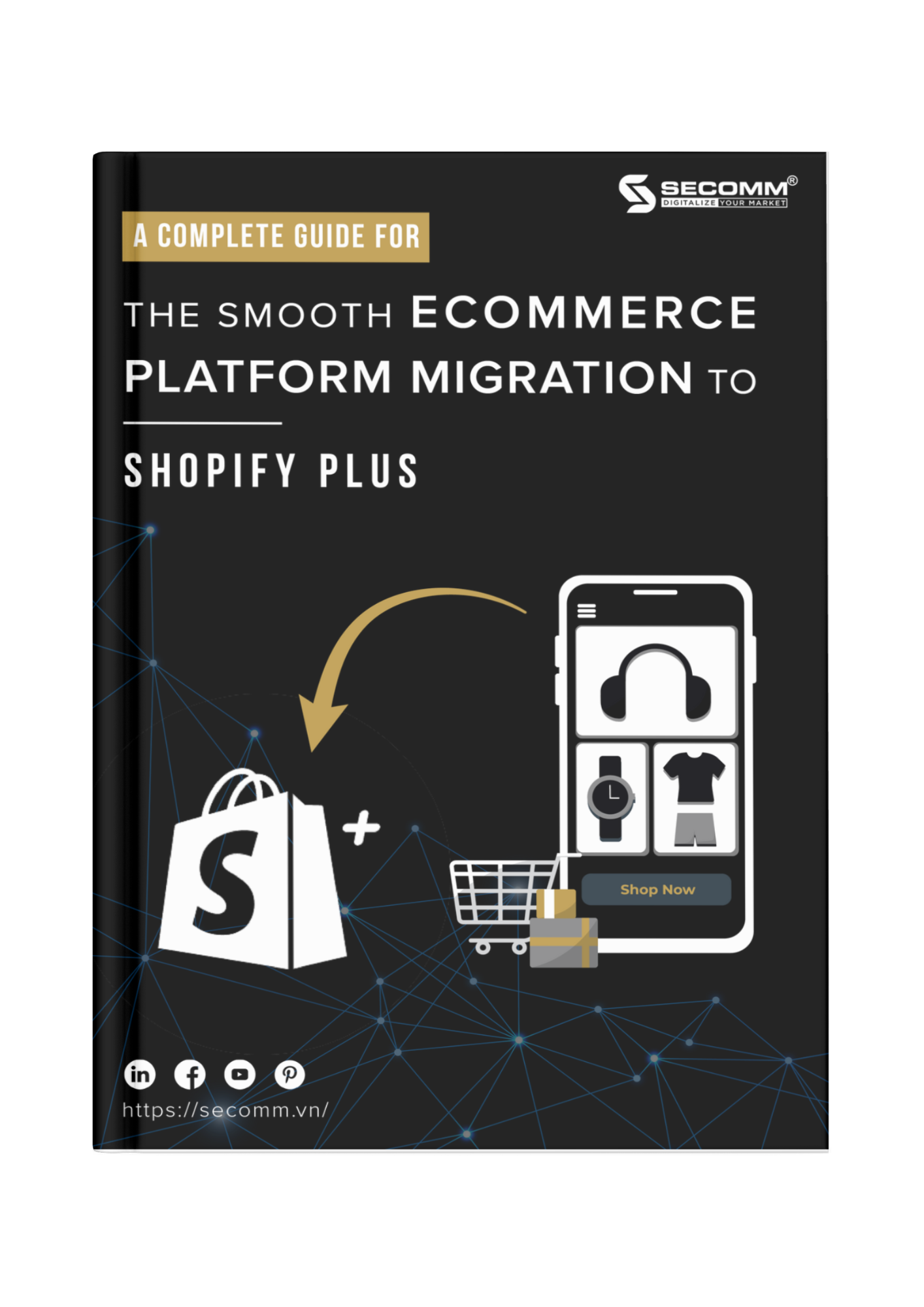



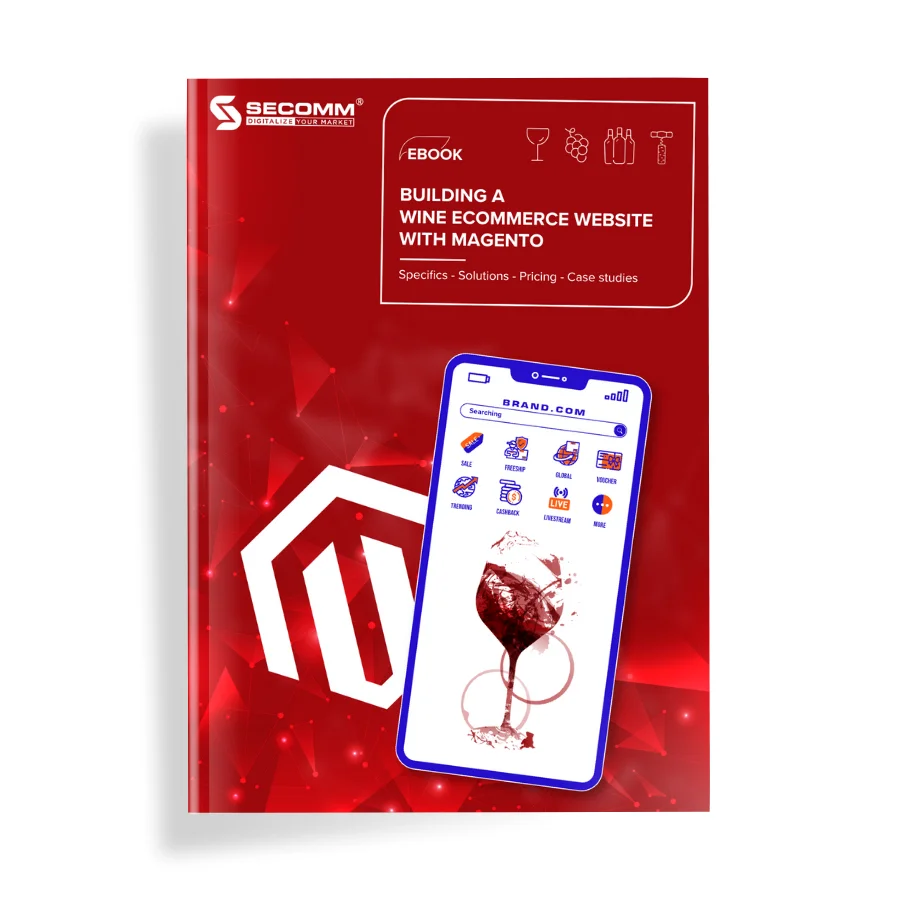
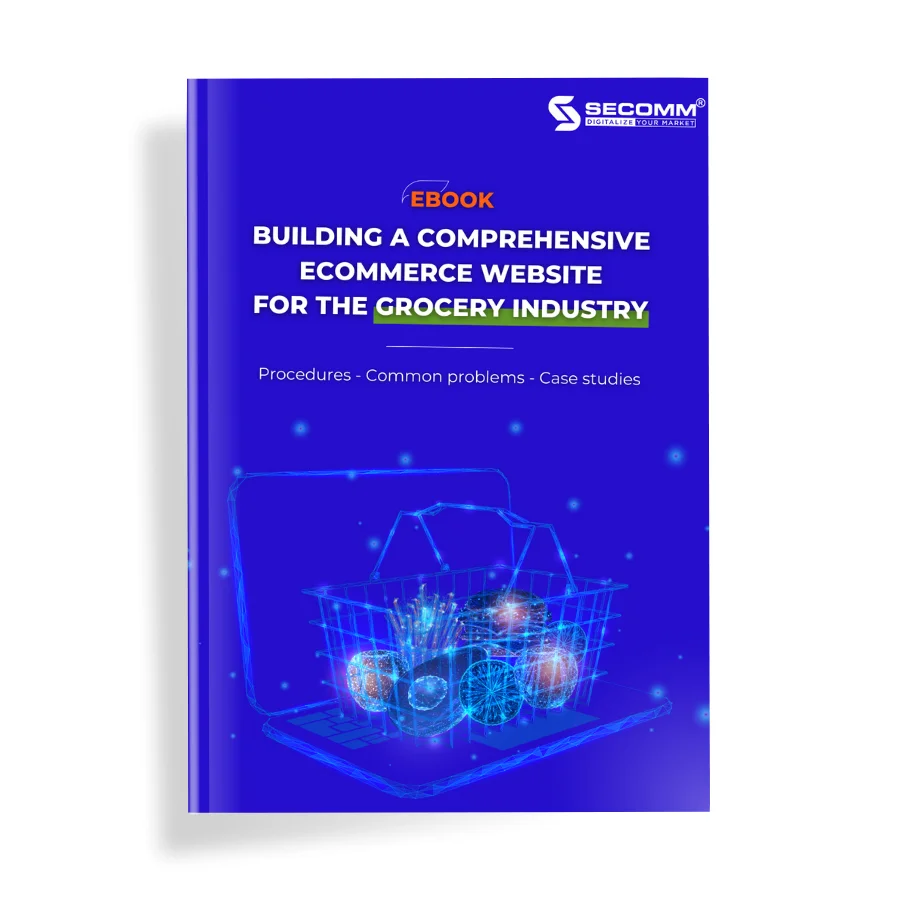
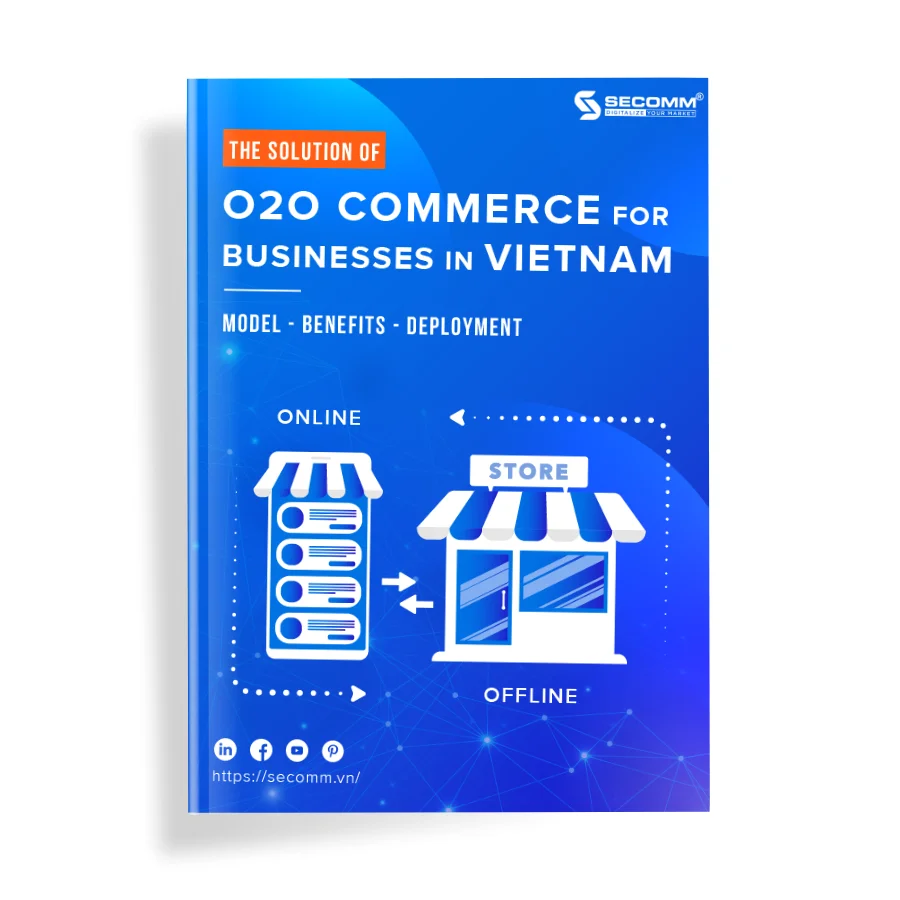
Comment (0)